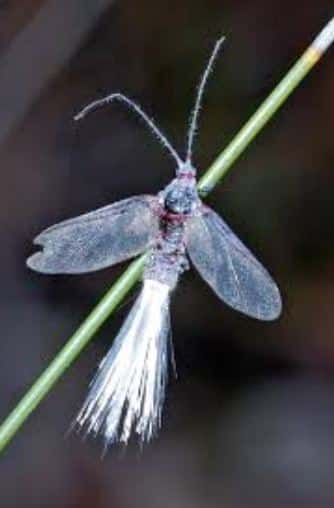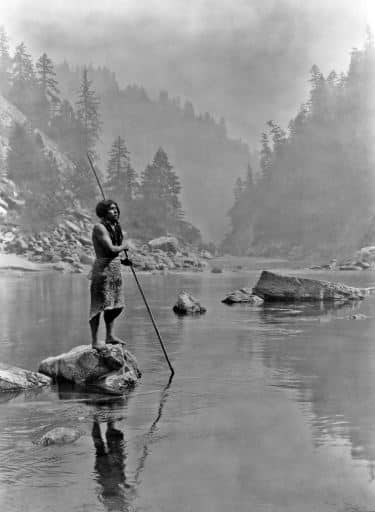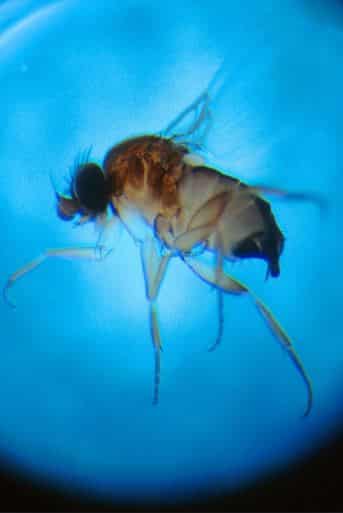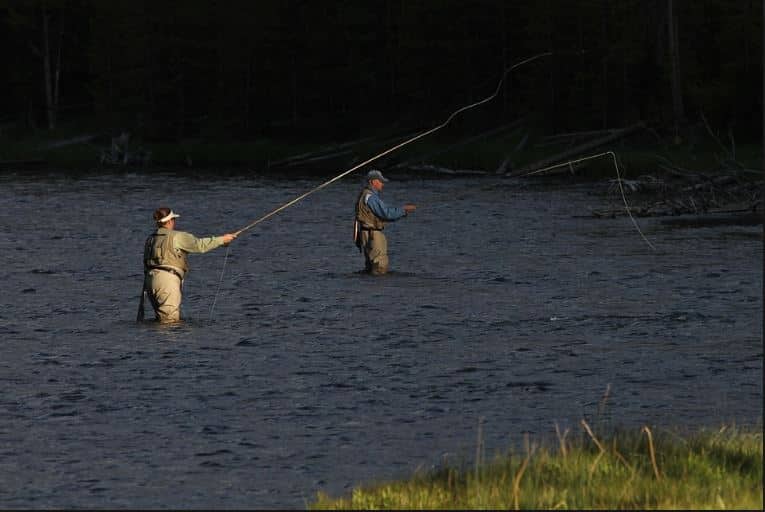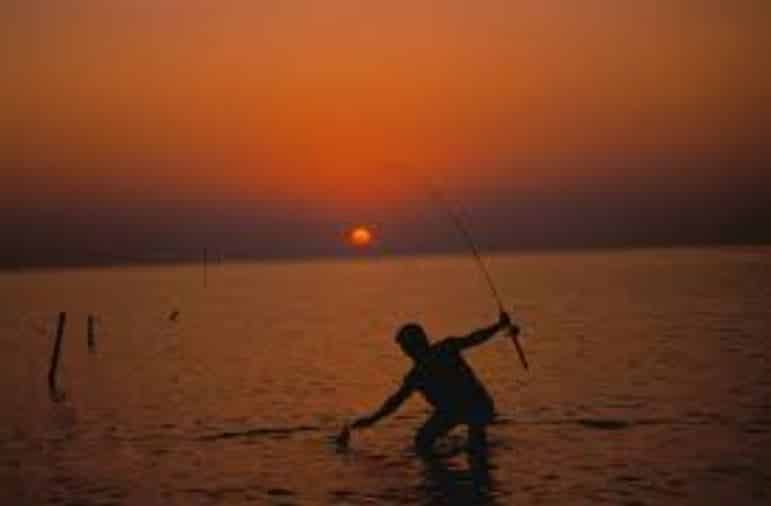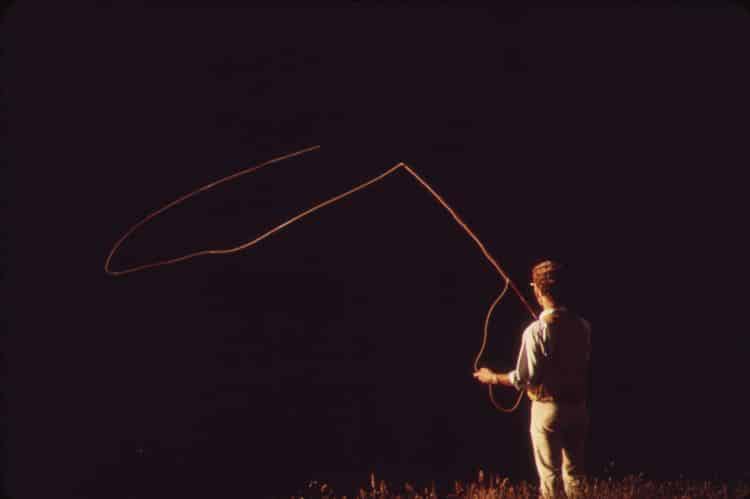Local BEACHES & PARKS on the Northern California Redwood Coast
Check out the National & State Redwood Parks, pristine beaches, lagoons and rivers close to Golden Eagle Vacation Rentals.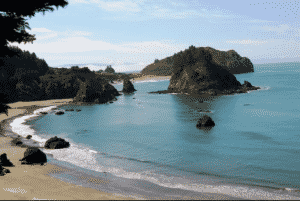
There are a multitude of things to do on the Northern California Redwood Coast.
Whether hiking through old growth redwood forests, kayaking, canoeing or fishing on
the north coast rivers lagoons and ocean, the outdoor enthusiast will be enchanted
by the natural beauty surrounding all activities.
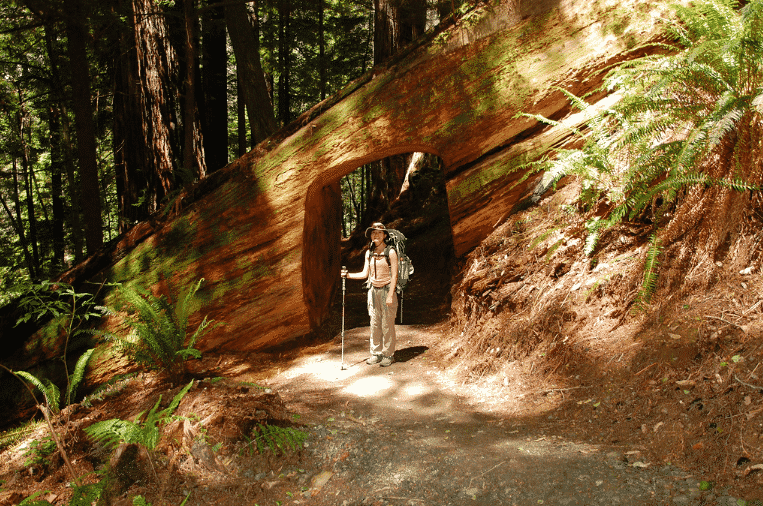
Easy access to 10 public beaches provides whale watchers several vistas to witness
the annual summer migration north. Big Lagoon State Park is a great place to observe
pods of whales in close to the shoreline, spouting and breaching.

Prairie Creek Redwood
State Park, Redwood National Park and Jedediah Smith Redwood State Park support a diverse
array of wildlife, including over 400 species of birds.


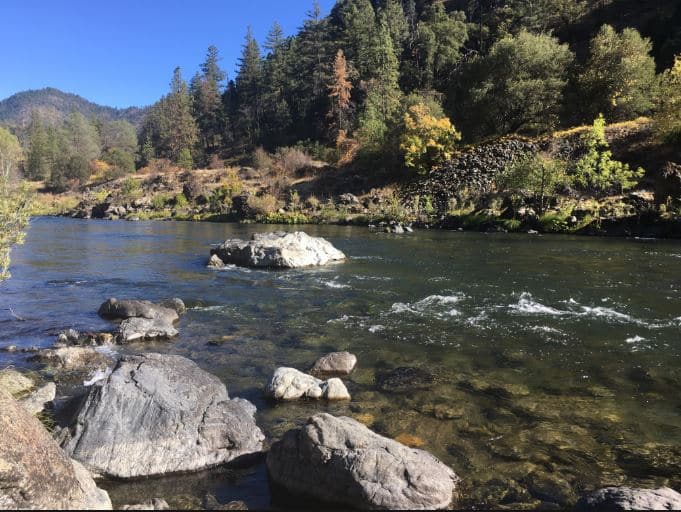
1. Agate Beach
Located on the north end of Sue-Meg Point State Park, a 640 acre rocky headland jutting into the Pacific Ocean, Agate Beach is a short Stroll from Golden Eagle Vacation Rentals.
The entrance to the park is .08 miles from our resort. There is a trail down to Agate Beach.
.

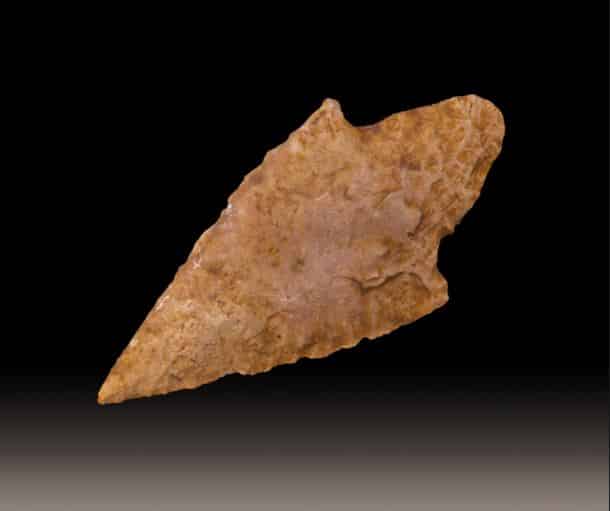
Big Lagoon State Park is visible one mile north.
Collecting agates at low tide is a popular activity.
Native artifacts have been discovered in the sandstone bluffs and are on display at the local museum.
From the trail head at the top of the bluff, there is a spectacular vista of Agate Beach, a broad sandy beach with vertical sandstone bluffs 200 feet high
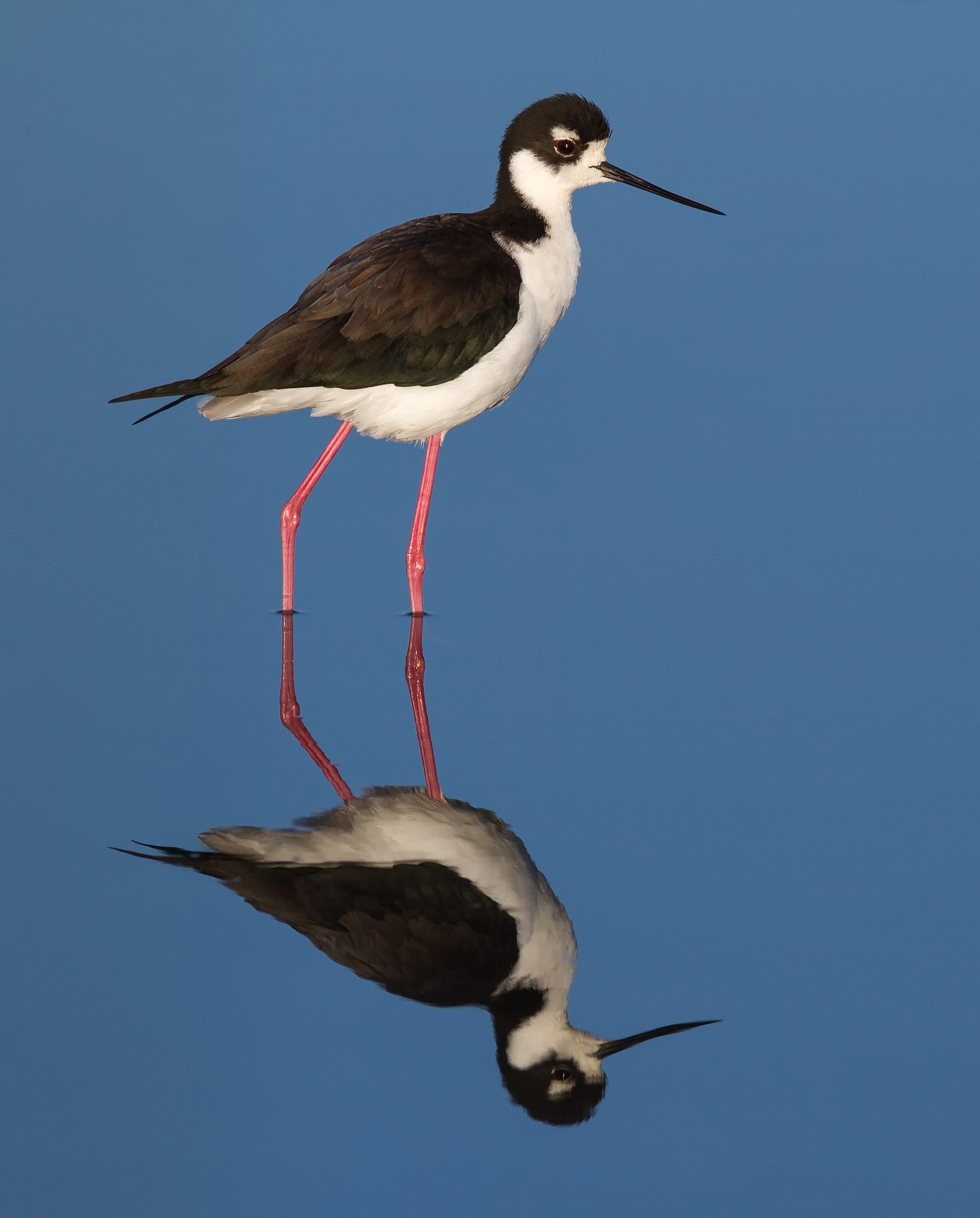
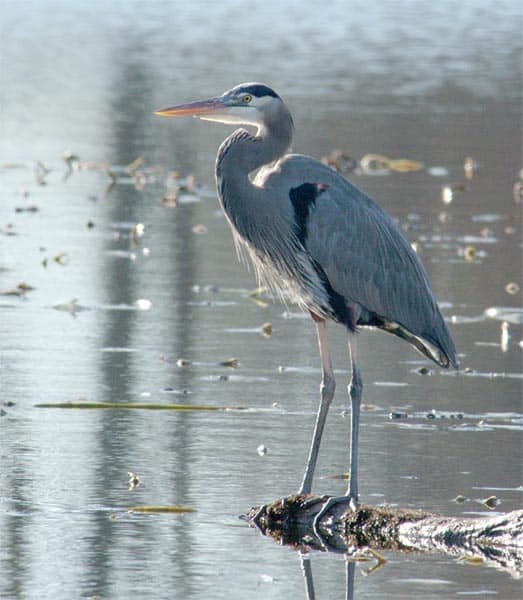

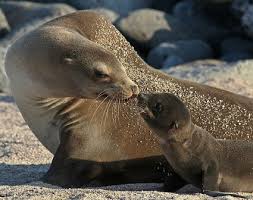
2. College Cove
Located off of Stagecoach Rd. in Trinidad, the two mile loop
College Cove trail, is a popular destination frequented by the
locals. The well maintained trail on the north end of the park
covers Elk Head with a stair stepped trail down to the College
Cove beach. Surfers use this access.
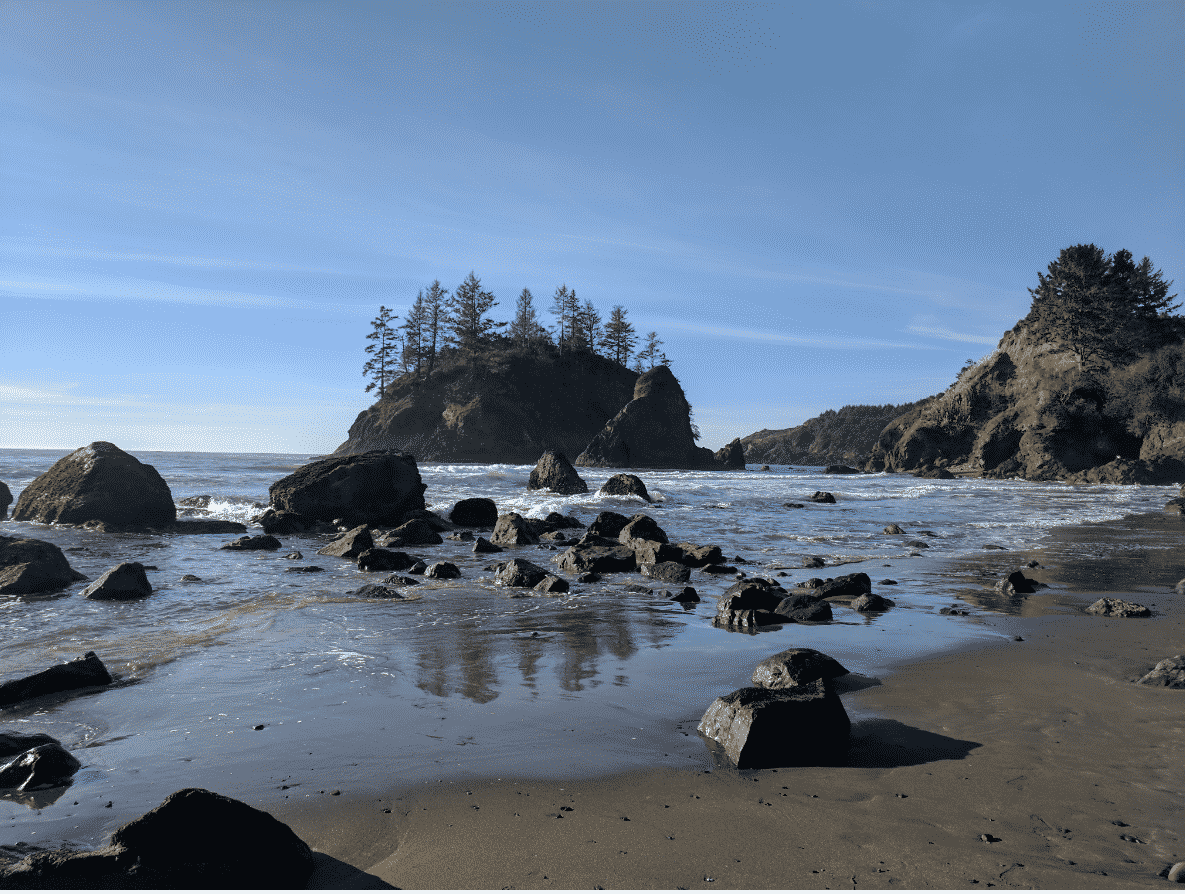
The hiking trail through Sitka spruce, along the steep bluffs
to the south presents a more challenging, steeper access trail
to the beach below.
There are many secluded sunning spots along this section of beach, provide by the mixed melange of basaltic boulders arrayed as they are.
Be mindful that College Cove has a history of being a clothing
optional beach.


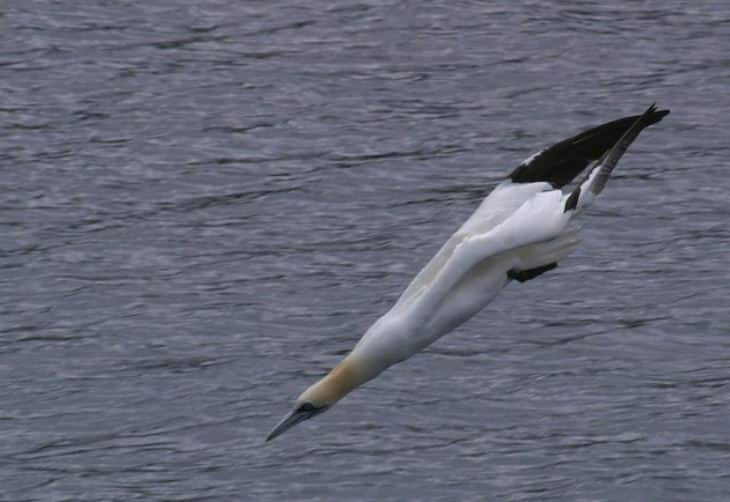

3. Trinidad State Beach
Easy access, a broad sandy beach that is pet friendly allures
visitors here.
Elk Head to the north is a prominent rocky feature that extends into the ocean.
Trinidad Head is the southern border of Trinidad State Beach.
There is a hiking trail leading to the top of Trinidad Head
.
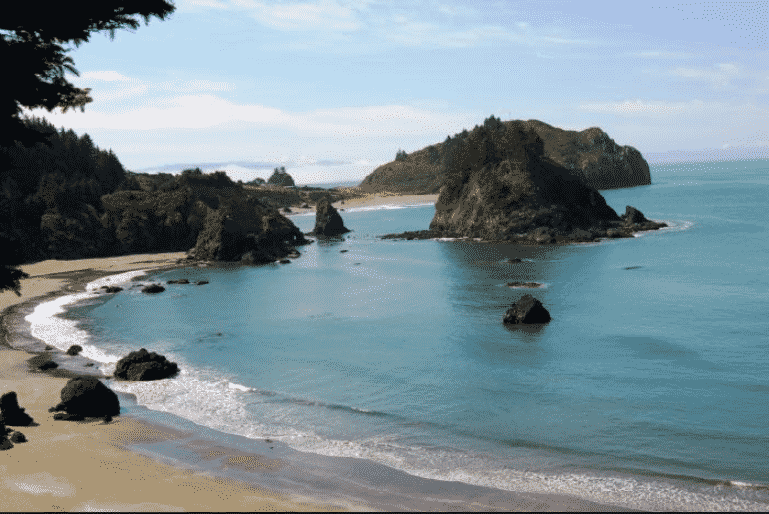
A spectacular vista of Trinidad Bay, the pier, boats moored in the harbor and offshore sea stacks may be observed.
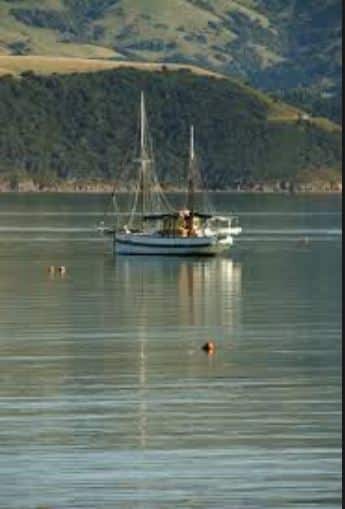

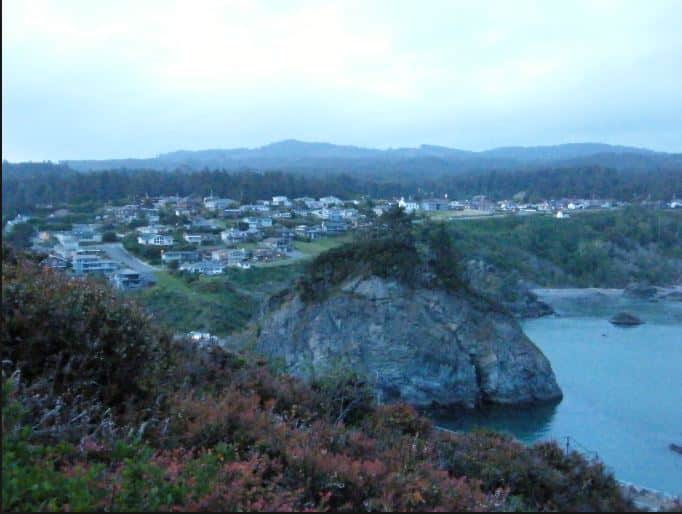
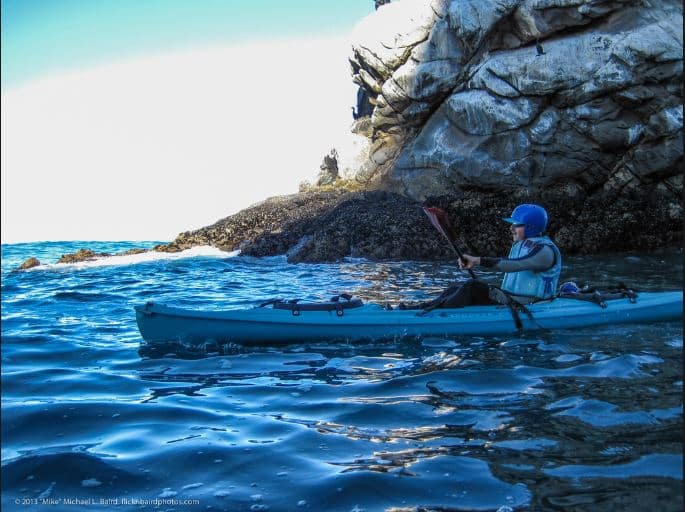
4. Baker Beach
Located on the scenic drive, south of Trinidad, this unique beach is owned and maintained by a Land trust.
This beach is pet friendly and popular for it’s tide pools exposed at low tide.
.
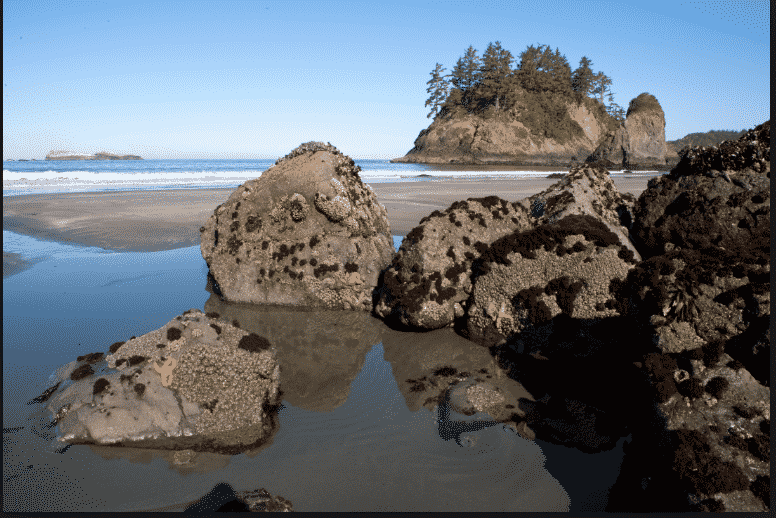
Be mindful that the
beach is secluded and hard to see from the road.
ALSO, it is a clothing optional beach
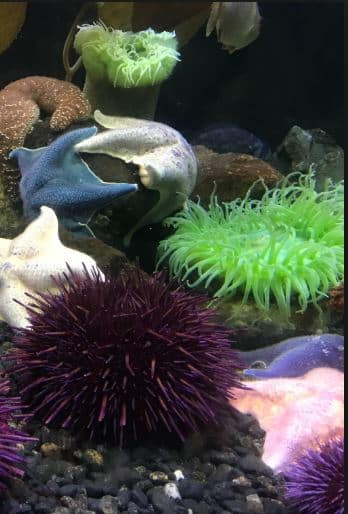
The trail down to the beach is steep. The trail head is located at a turnout on the scenic drive coming from Trinidad, just past the Baker Ranch Road.
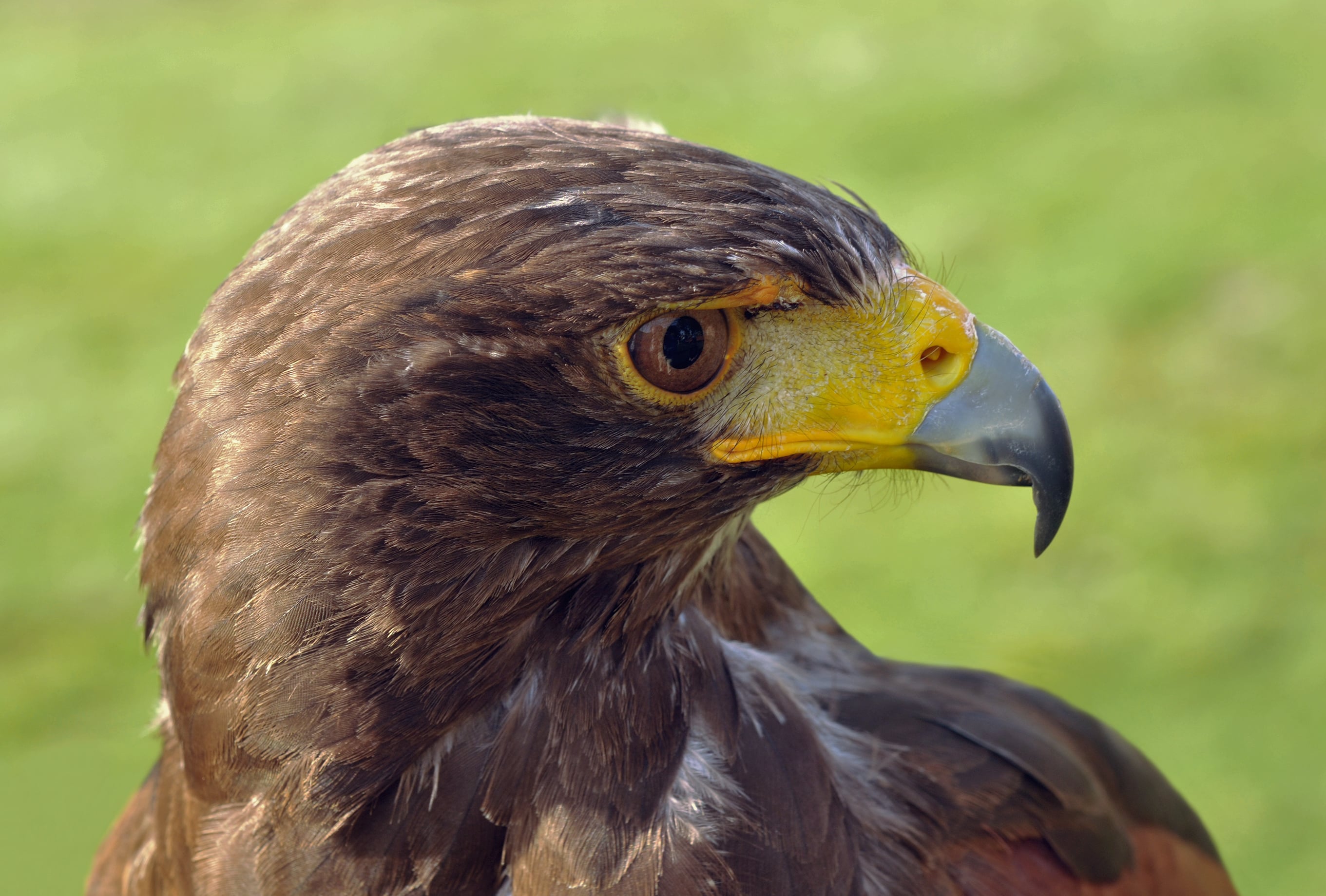

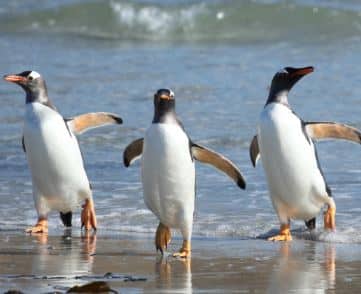
5. Luffenholtz Beach County Park
Located off the scenic drive, south of Trinidad, the trail head to the beach is one hundred yards north of the parking lot along the Scenic Drive.
A steep trail leads to a rocky cove accessible at low tide. Tide pools and wildlife are abundant.

A platform perched above the ocean and steep vertical cliffs is located
at the end of the rocky point.
Hike to it and observe a breathtaking vista of the town of Trinidad, the harbor and Trinidad Head.
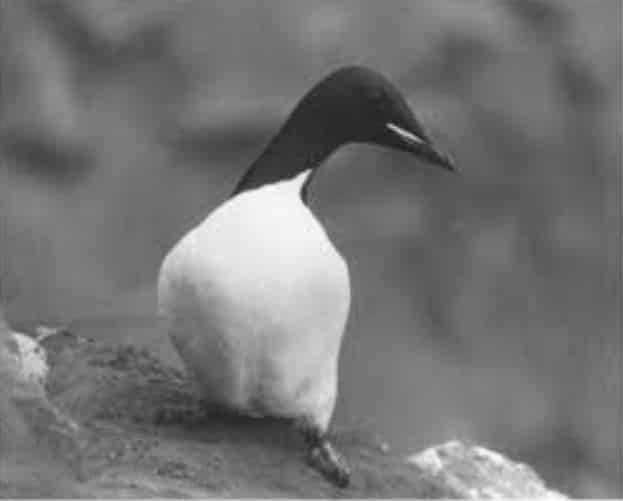

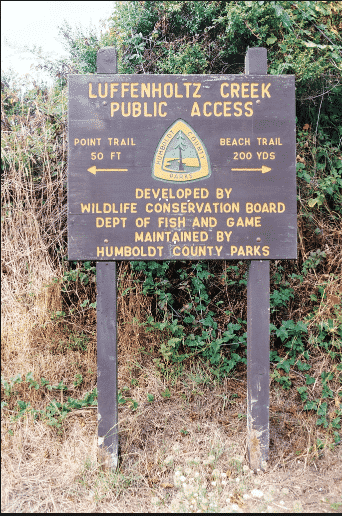
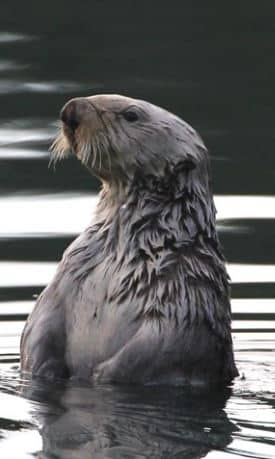
Houda Point
Houda Point, often referred to as Houda Beach or Camel Rock Beach is a popular destination for local surfers.
Camel Rock, with it’s two characteristic humps offshore is an iconic local landmark.
.
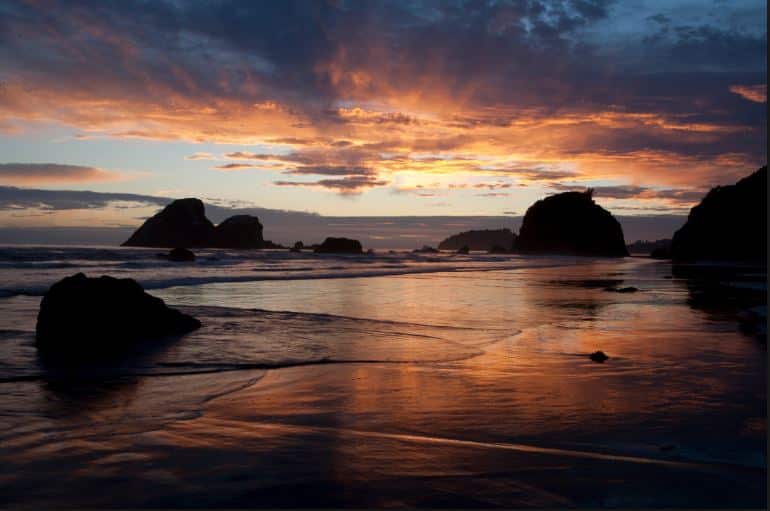
A steep staircase leads to the
beach below. During springs’ lowest tides, tide pools are exposed offshore to Camel Rock.

Beautiful sunsets and panoramic vistas attract travelers to this location
perched above the rugged, rocky coastline.
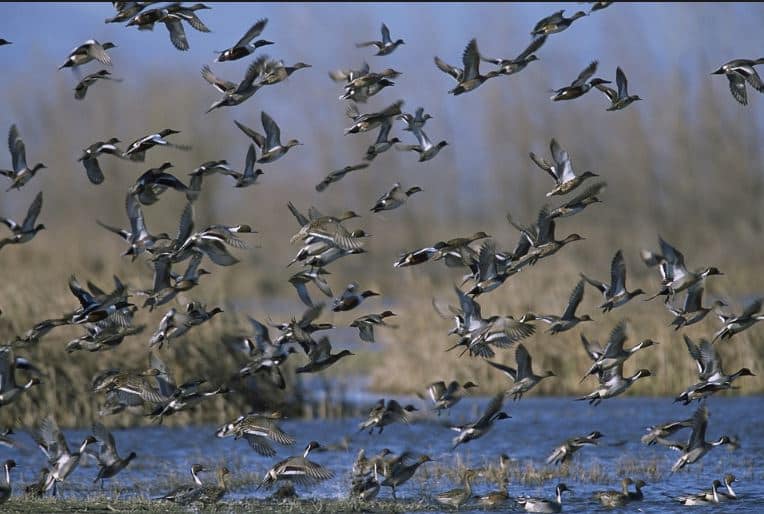
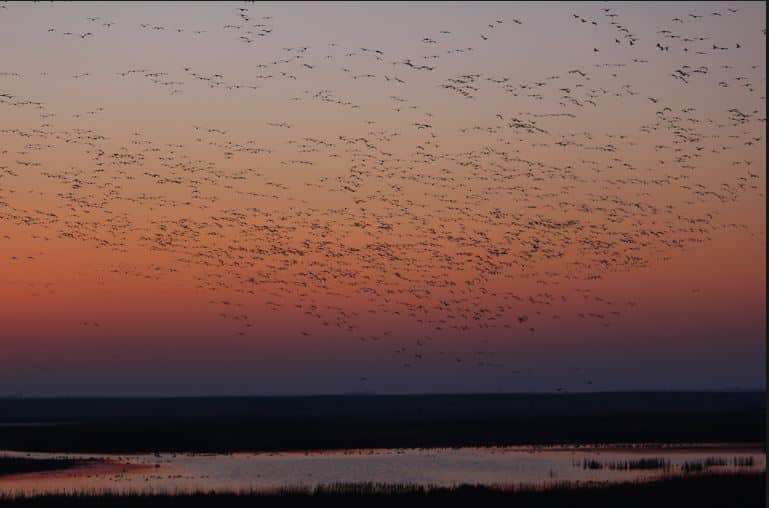
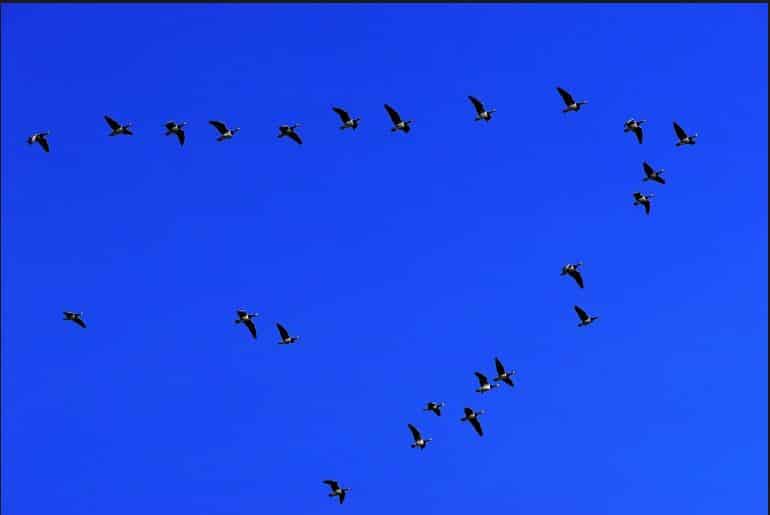
ALSO, during low tides, hiking to Moonstone Beach
and the Little River estuary is an alluring option.
6. Moonstone Beach
Here the beach terrain transitions from rocky coastline, broadening to a
wide swath of sand extending all the way to Humboldt Bay. The Little River
cuts through the low lying, lightly vegetated sand dunes before spilling
into the Pacific Ocean at Moonstone Beach.
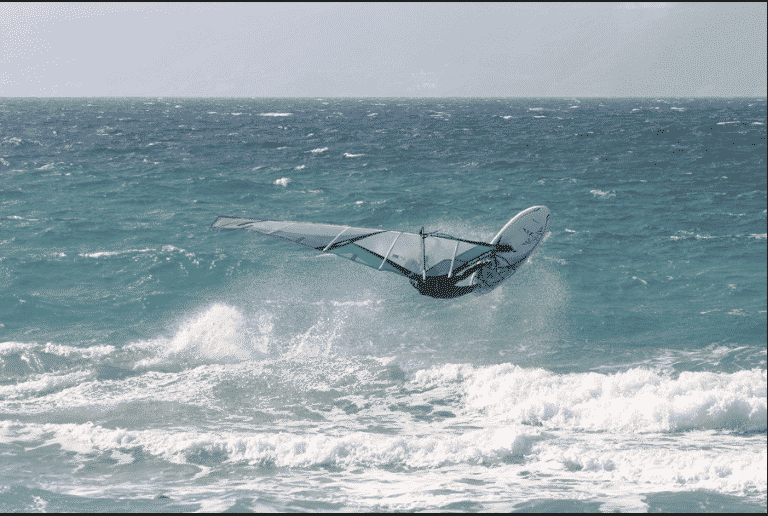
TIP: The Moonstone Grill, perched above Moonstone Beach is the perfect place to experience a savory, sumptuous meal with an adult beverage overlooking
the fabulous vistas and outdoor activities occurring.

Wind surfers are often seen gliding with the
wind through the waves offshore this vast sandy stretch of beach.
When the tide is high, surfers negotiate a long paddle out to the waves propagated adjacent to Camel Rock.
Rock climbers challenge their skills on the steep bluffs, rocky cliffs and
outcrops at Moonstone Beach.
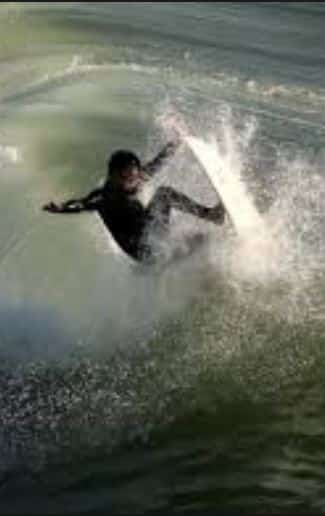
Assending natural rock formations with climbing ropes is an inherently risky and challenging sport.
Reaching the summit of a formation without falling requires a specific skill set, fundamentals and courage.
Often climbers compete to reach the endpoint of a pre-defined route in the quickest possible time or the
farthest point of an increasingly difficult route.

7. Clam Beach State Campground
The Little River Estuary separates Moonstone Beach from Clam Beach.
The Little River is the northern border of Clam Beach.
This flat wide sandy beach is bordered on the south by Clam Beach County Park.
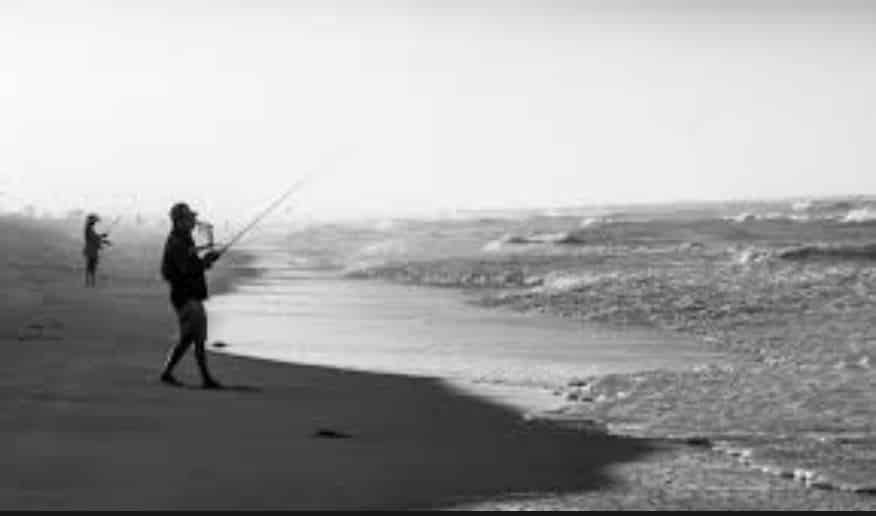
Clam Beach County Park has a northern and southern access to the beach from
the frontage road.
A camping facility accommodating
tent campers and vehicles (12 Tent sites and 15 RV spaces) is located on the
southern end.
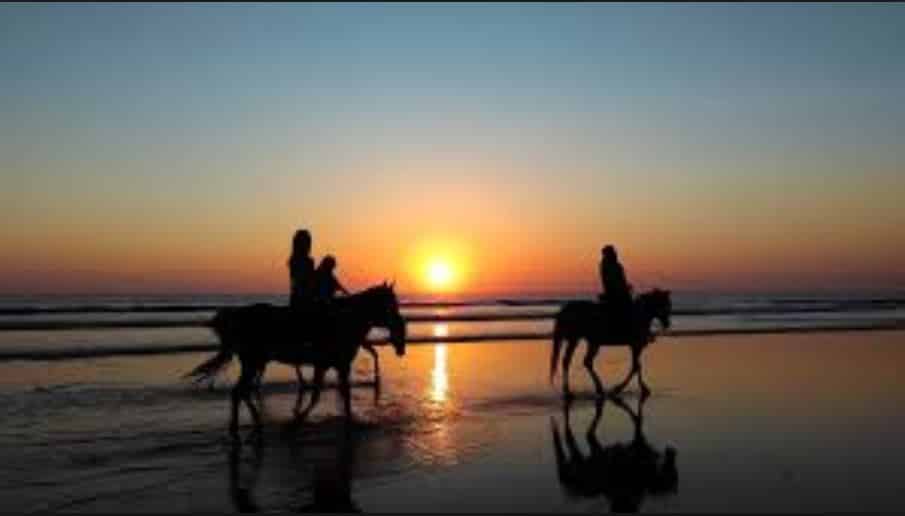

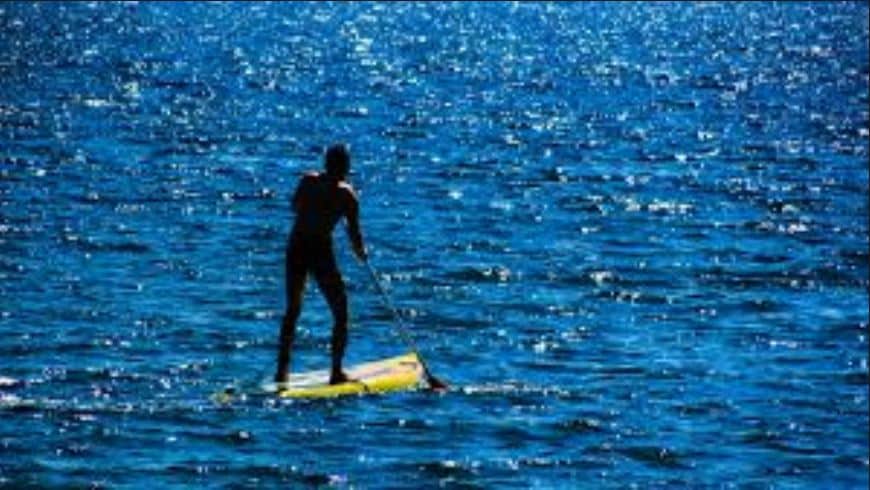
There is a 3 night limit and $15/night fee. Day use is free.
After a short hike through the low lying sand dunes, the beach is pristine
and unpopulated. Dogs are allowed on the beach, permitting they are
voice command obedient.
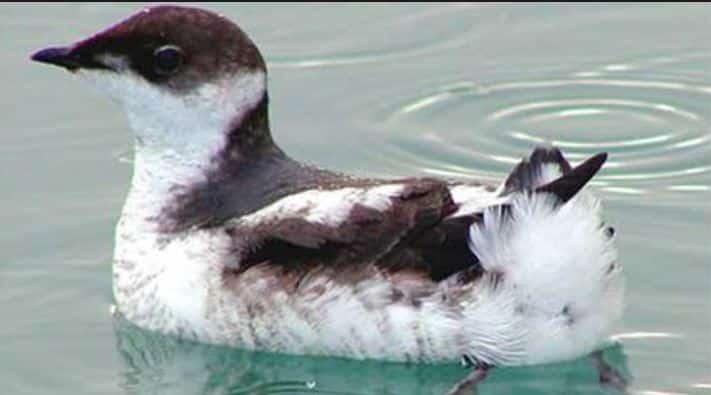

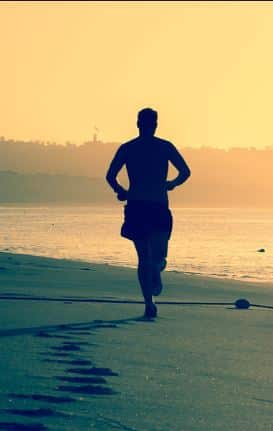
Otherwise, a leash is a useful tool to have when other
undisciplined dogs could approach.It isn’t unusual to encounter
horseback riders on this beach so it very important to maintain control of a dog.
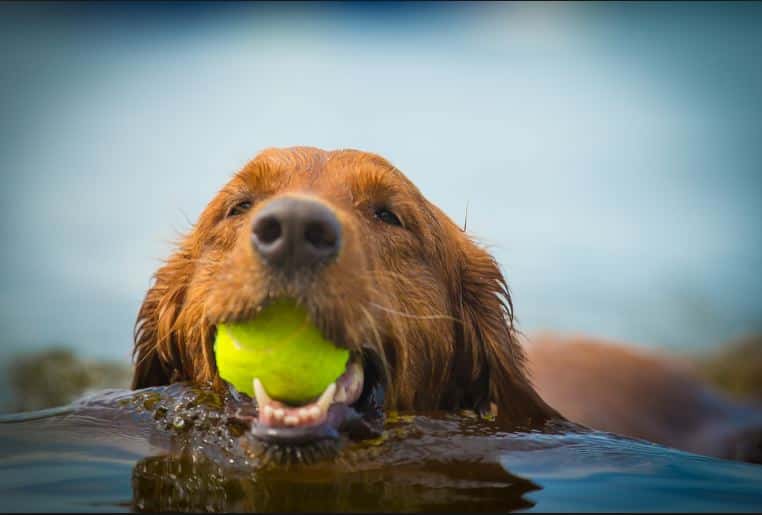
Clam Beach is ideal for runners. In fact, there is the annual Clam Beach Run
Event, occurring in February. Other popular activities include shore fishing,
harvesting clams at low tide, surfing, sea kayaking, wind surfing and kite flying.
8. Samoa Dunes Recreation Area
Located near Eureka on the south side of the north jetty , this beach is a popular off highway vehicle play area. Motorcycles, ATVs and off road vehicles are permitted here. There is a boat launch ramp available at Samoa Boat Ramp
County Park.

The broad sandy beach on the ocean side of the Somoa Peninsula extends north for miles, a pristine underpopulated vast stretch of sand ideal for dogs, beach combing etc.
One of the best local surf spots is located at the north jetty harbor entrance in the Samoa Dunes.
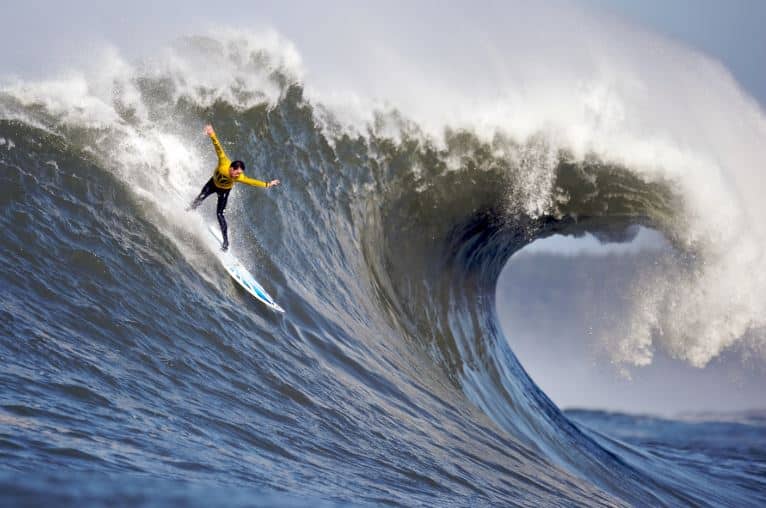
One of the best local surf spots is located
at the north jetty harbor entrance in the Samoa Dunes.
Fall and winter storms characteristically come from a southerly direction,
occassionally generating huge waves to the delight of local big wave riders.
The legendary harbor entrance between the north and south jetties can be treacherous for ships.

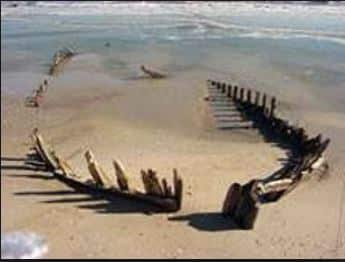

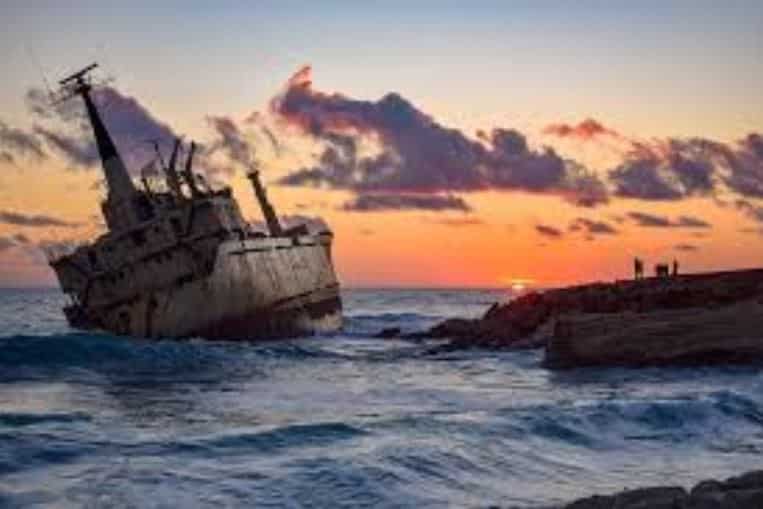
Make sure to dine at the historic Samoa Cookhouse.
Dating back to the late 1900th century, this lumberjack instituition,
the last remainig cookhouse on the west coast is famous for it’s hearty,

all you can eat, servings at breakfast lunch and dinner.
During the logging boom in the last century, every sawmill had a cookhouse.
Today meals are served to the public in traditional lumber camp fashion, recipes made from scratch,
Visit the historic museum in the restaurant and observe relics from the logging era!
9. Humboldt Lagoons State Park
Located minutes from Golden Eagle Vacation Rentals, this California State Park
protects four lagoons, their estuaries and wetlands.
These four lagoons are bays
formed between rocky headlands.
.
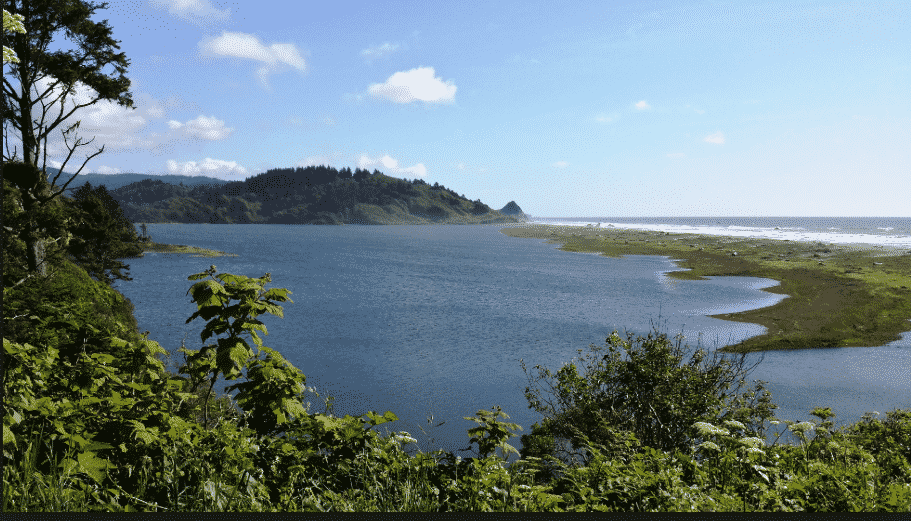
Coastal wave action created the sandy spit that
separates the lagoons from the ocean. Big Lagoon is the largest and southernmost in this 2,250 acre park. Stone Lagoon is the middle lagoon. Freshwater Lagoon is the smallest of the three open water lagoons and located the furthest north.
Big Lagoon
Agate Beach extends two miles north forming the sandy spit that separates
Big Lagoon from the ocean.Big Lagoon State Park is ideal for observing whales on their summer migration northward.
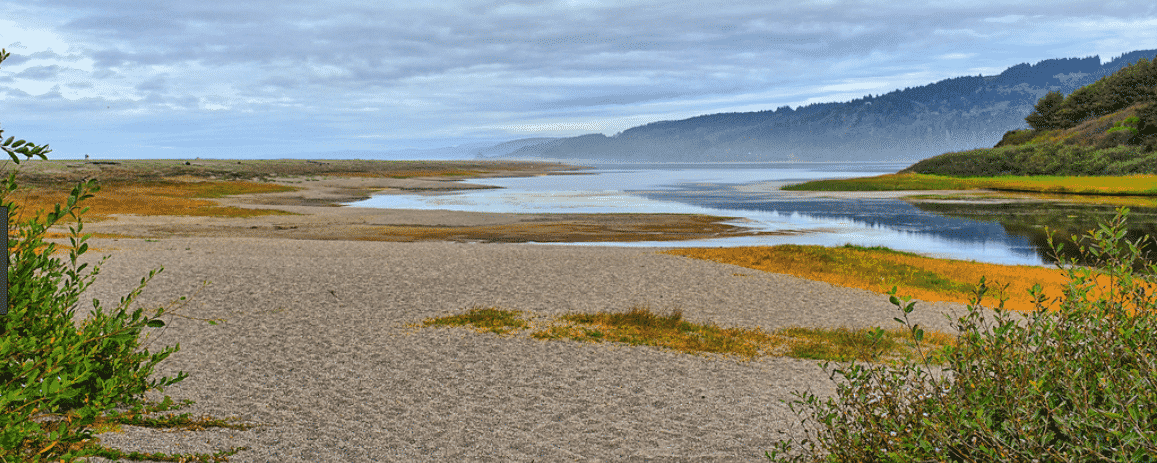
Big Lagoon is the first of the three lagoons protected in Humboldt Lagoons State Park, located minutes from Golden Eagle Vacation Rentals.A beachcombers paradise, this pristine stretch of underpopulated beach is a treasure trove of agates, shiny minerals sand stones at low tide.
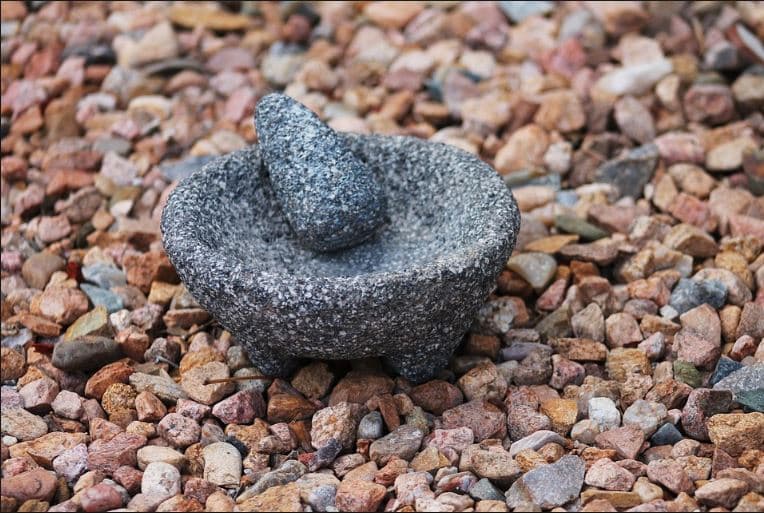
The steep sandstone bluffs are home to native american artifacts, periodically unearthed by erosion from winter storm waves.
It is not uncommon to see
a large herd of Roosevelt Elk grazing on the wetlands south of Big Lagoon. Fishing for
cutthroat trout is a rewarding option for the anglers.
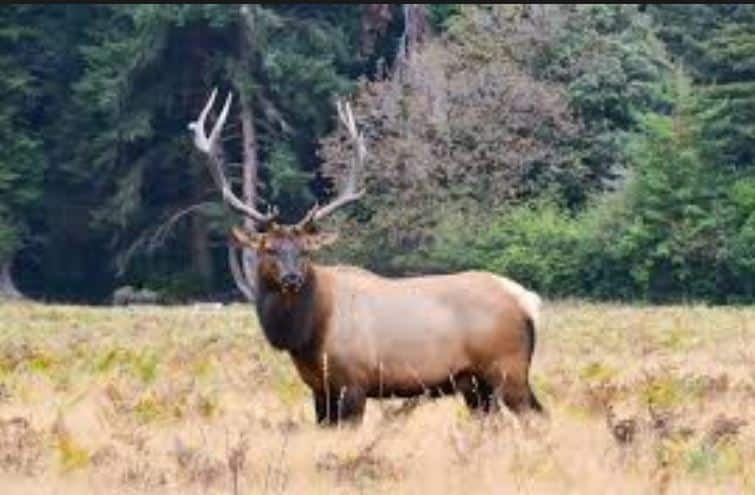
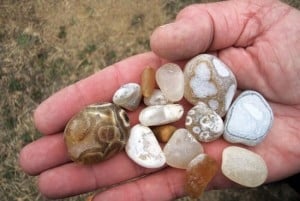
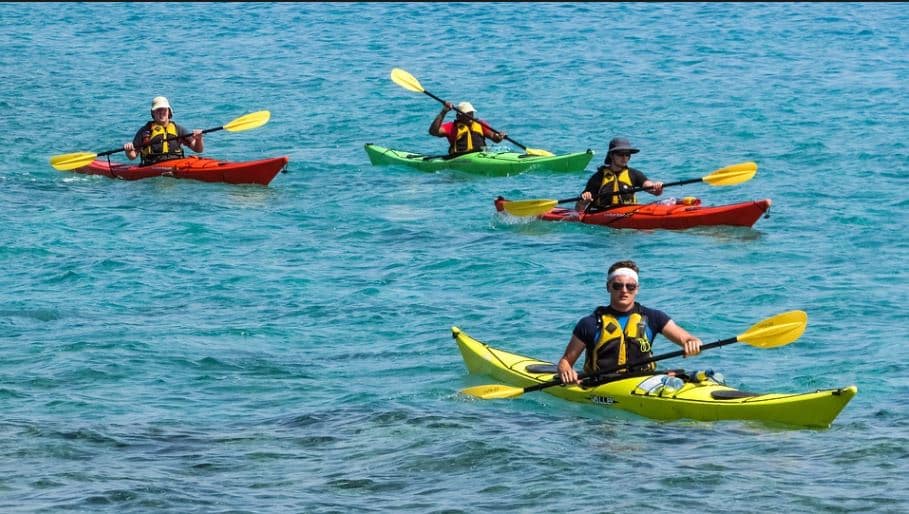
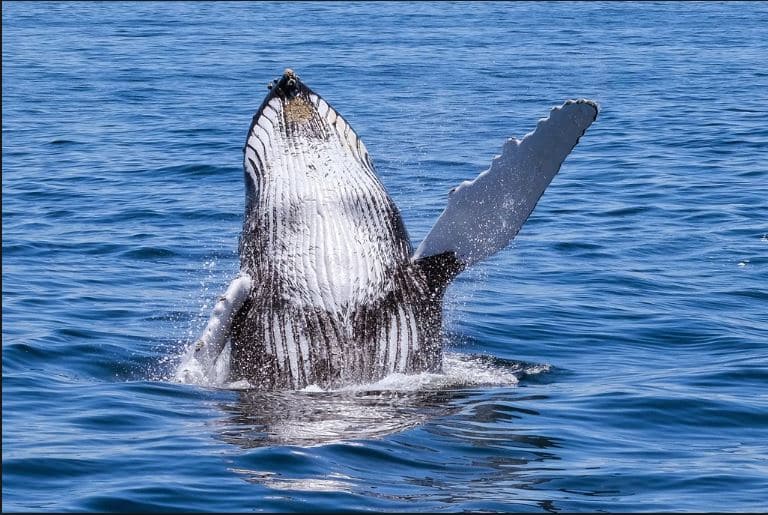
There is boat access to Big Lagoon on the shore at the southern end of the lagoon. Sailing, windsurfing and kayaking are popular. It is not uncommon to see a large herd of Roosevelt Elk grazing on the wetlands south of Big Lagoon. Fishing for cutthroat trout is a rewarding option for the anglers. In the summer, swimming in the shallower warmer waters around the boat ramp is best.
Dry Lagoon
A short distance north of Big Lagoon is Dry Lagoon State Park. Dry Lagoon, unlike
the three open water lagoons protected in Humboldt Lagoons State Park,is mostly a
marshy wetlands that is ideal for birdwatchers.
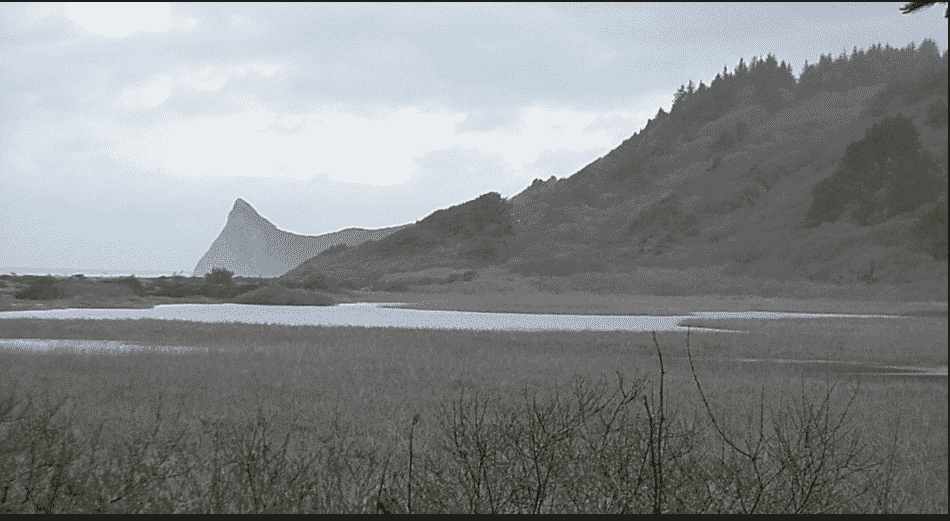
The hiking trailhead that leads to Stone Lagoon shore begins there.
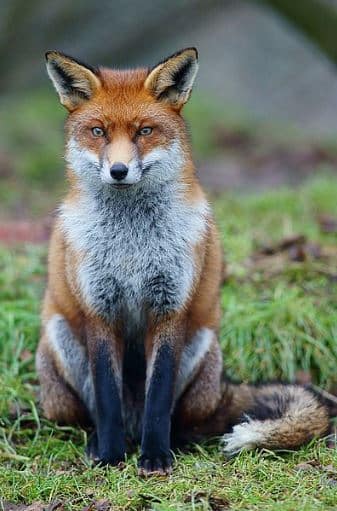
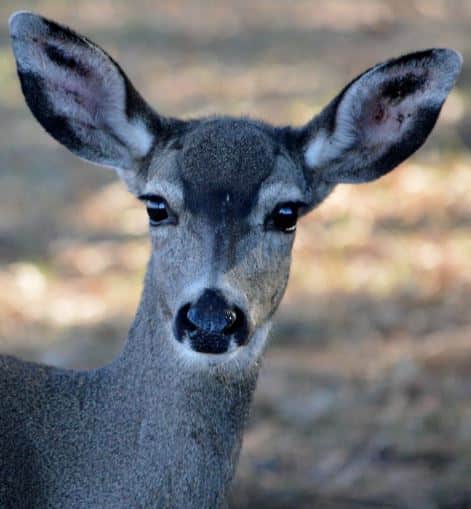
The hiking trail head that leads to Stone Lagoon shore begins there.
You will see diverse and abundant wildlife on this six mile stretch of beach, bordered
by dunes, forests, prairies and coastal flora. You may see whales breaching and spouting
There is a wide sandy beach at
Dry Lagoon.
close to the shoreline during their northern bound spring/summer migration. Herds of
majestic Roosevelt Elk roam freely from the prairies and wetlands to sharing the beach
with surfers at Freshwater Lagoon.

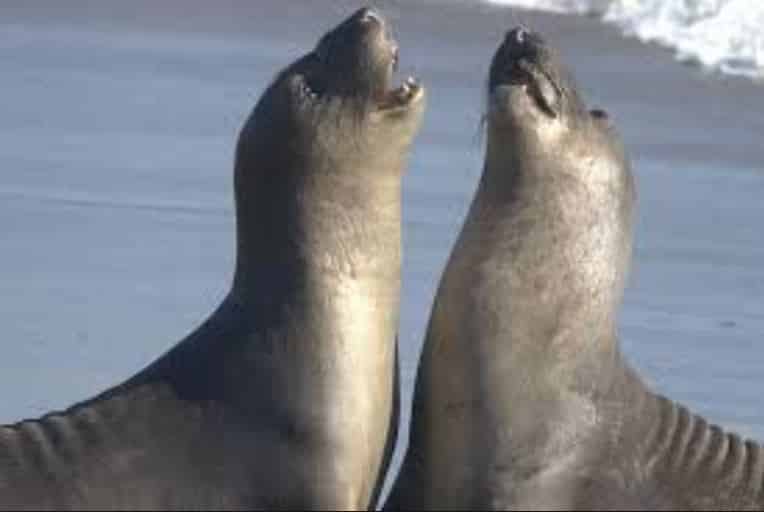

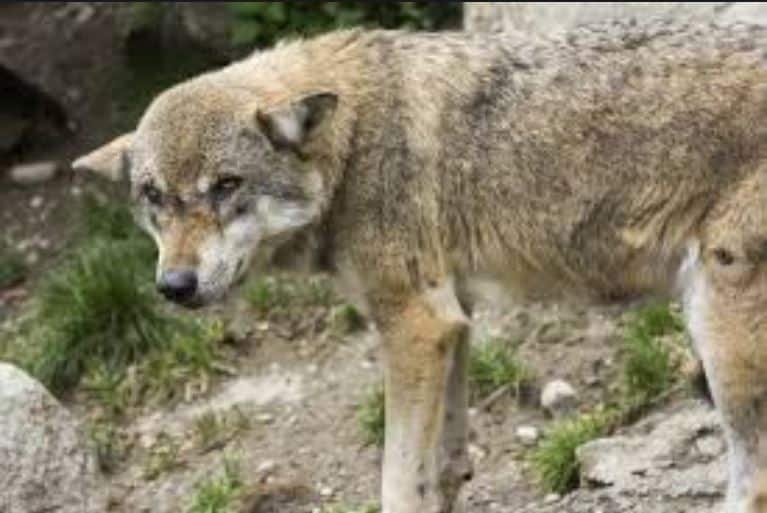
Hook up with salmon, rock cod and a variety of other bottom fish such as halibut and shark.
Kelp bass, snapper, ling cod, perch, and redtail perch are commonly caught from the
shoreline, jetties and boats.
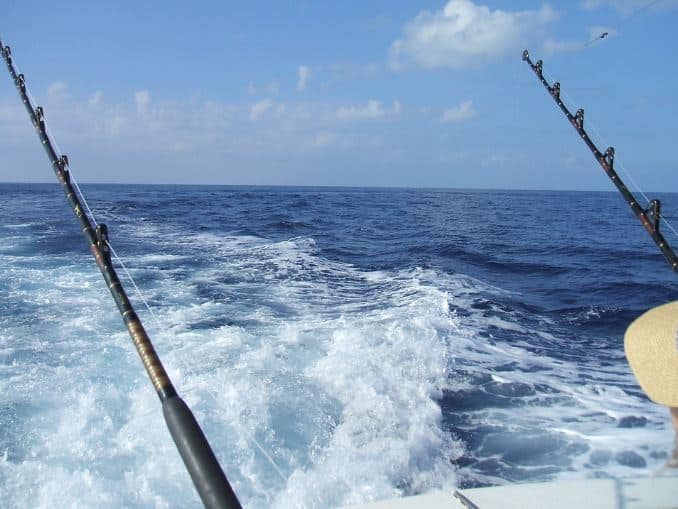
A multitude of bird species will be observed from pelicans
on the beach to woodpeckers on the edges of this marine and forested ecosystem.
Charter a trip at Trinidad Bay!
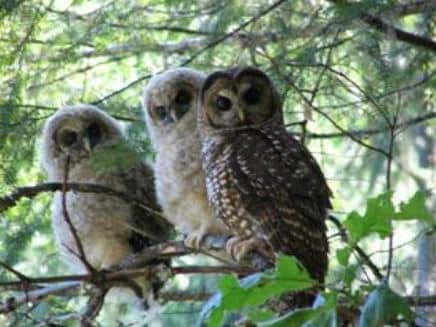

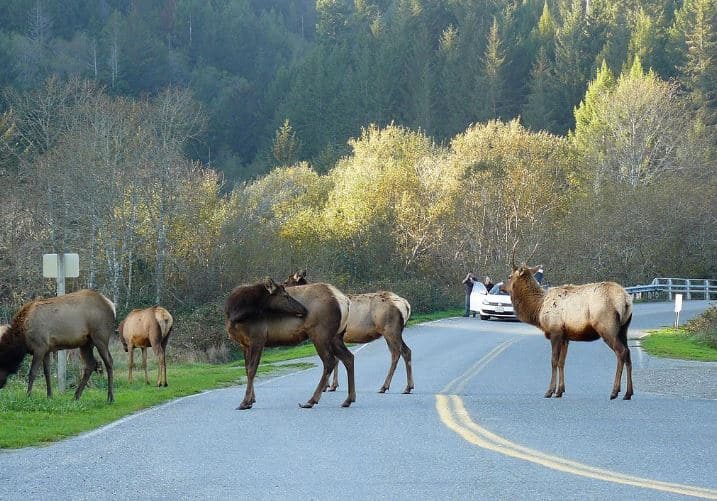
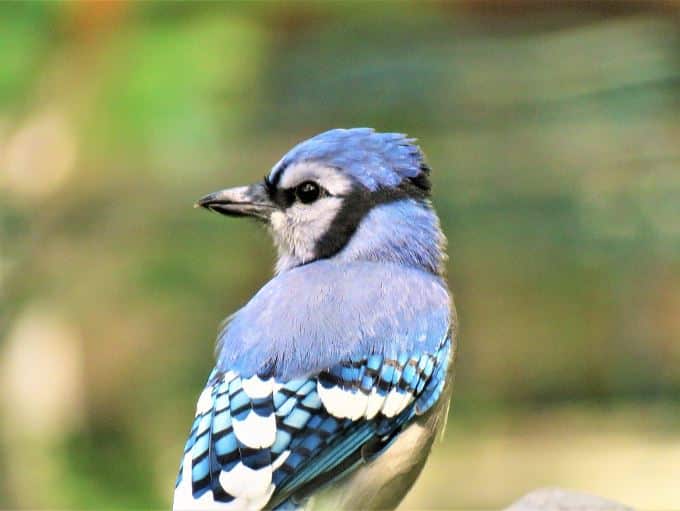
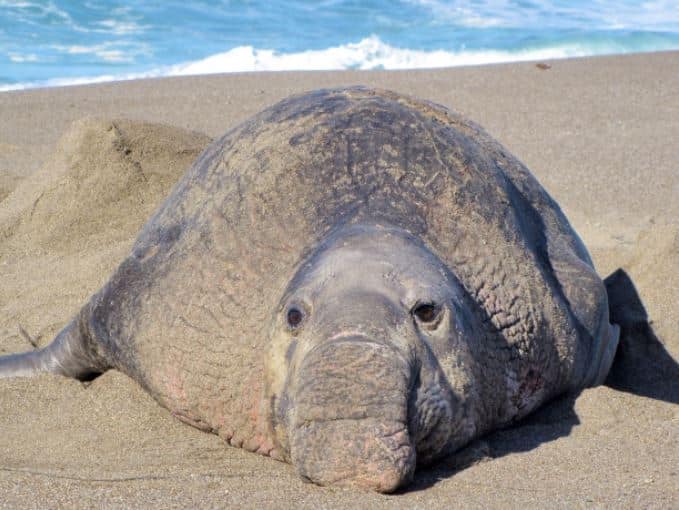
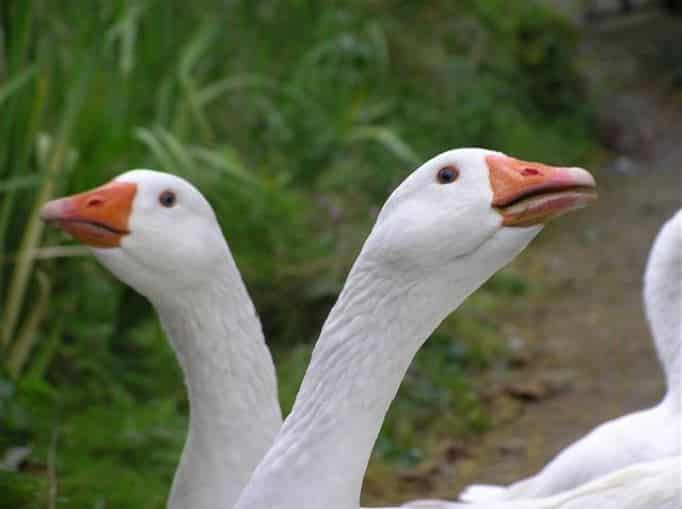
“GOLDEN EAGLE VACATION RENTALS is the perfect romantic getaway!
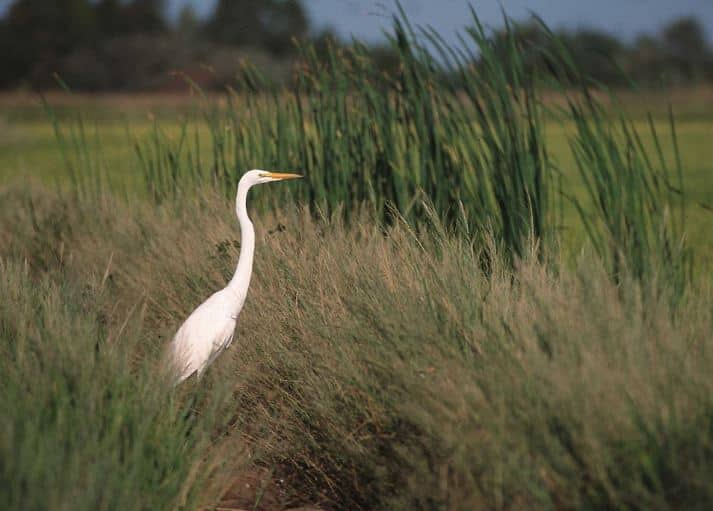
Stone Lagoon
The Stone Lagoon Beach is separated from Stone Lagoon by a wide sandy spit.
The marshland habitat of Stone Lagoon exhibits a diverse variety of plants, birds and wildlife.
Hike the California Coastal Trail through Humboldt Lagoons State Park.
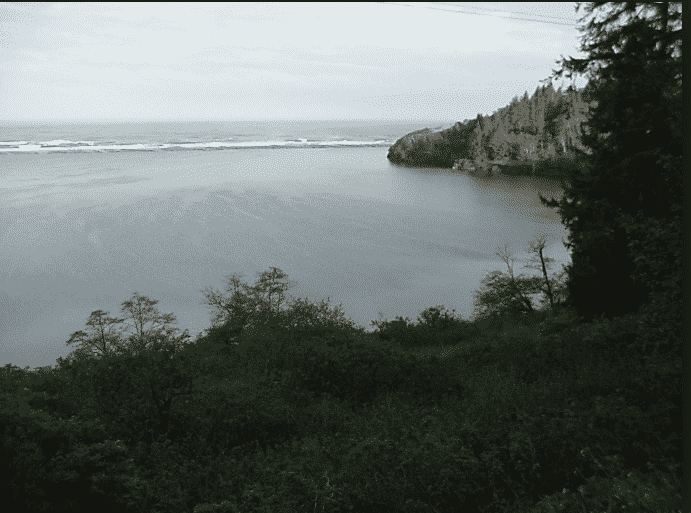
Kayaking, paddling,
swimming and fishing are popular activities at Stone Lagoon.
Kayaks and paddle boards are for rent at Stone Lagoon Visitor Center.
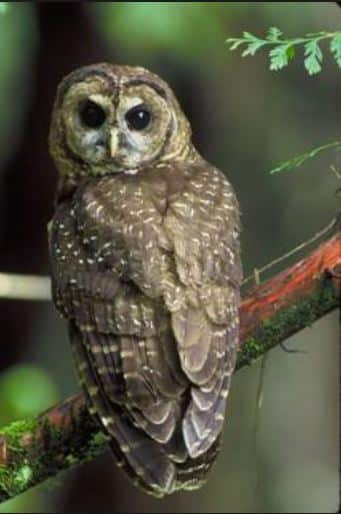

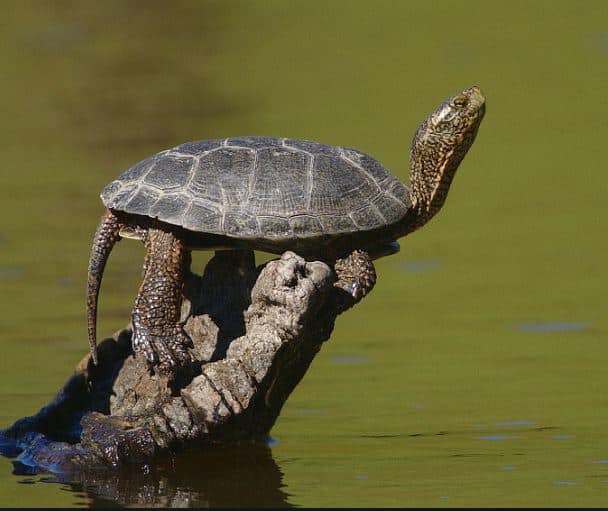
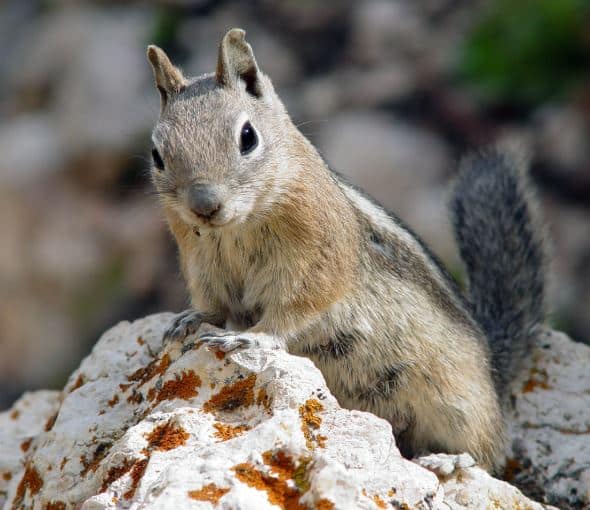

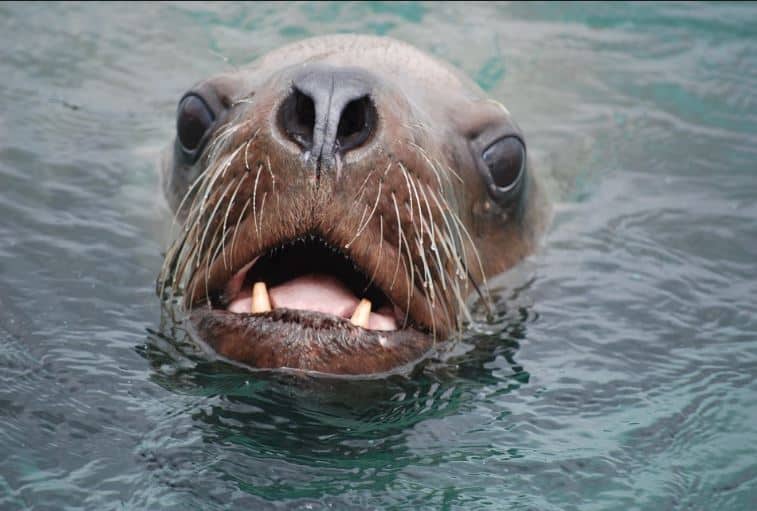
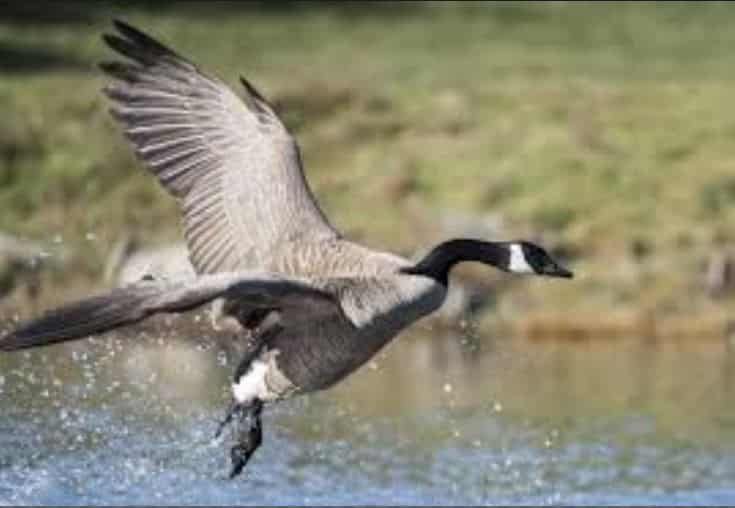
Freshwater Lagoon
The northernmost lagoon in Humboldt Lagoons State Park is Freshwater Lagoon. The ocean beach side of Freshwater Lagoon part of Redwood National Park.
Recreational Vehicles camp along this stretch of the highway with easy access to the ocean beach. Surfing at the north end of the beach is popular in the summer.
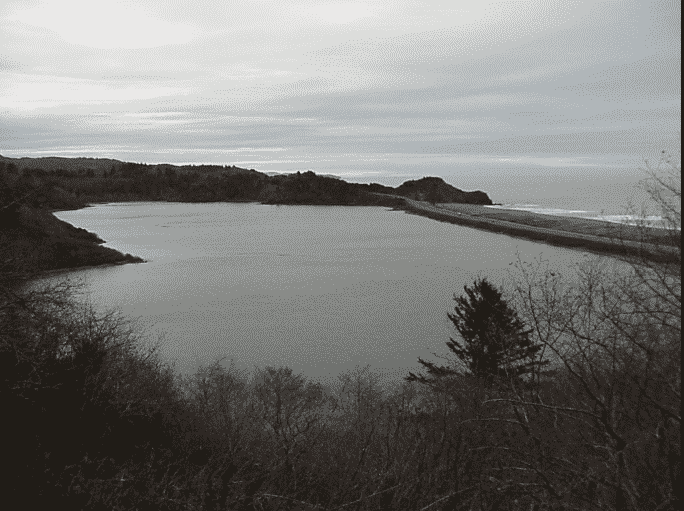
There is a Visitors Center located on the ocean side of HWY 101, just before entering the small town of Orick.
Here you may consult with knowledgeable forest rangers and check out topography maps of Prairie Creek Redwoods State Park and Redwood National State Park.
There are miles of hiking trails inside the parks, varying in distance and difficulty.
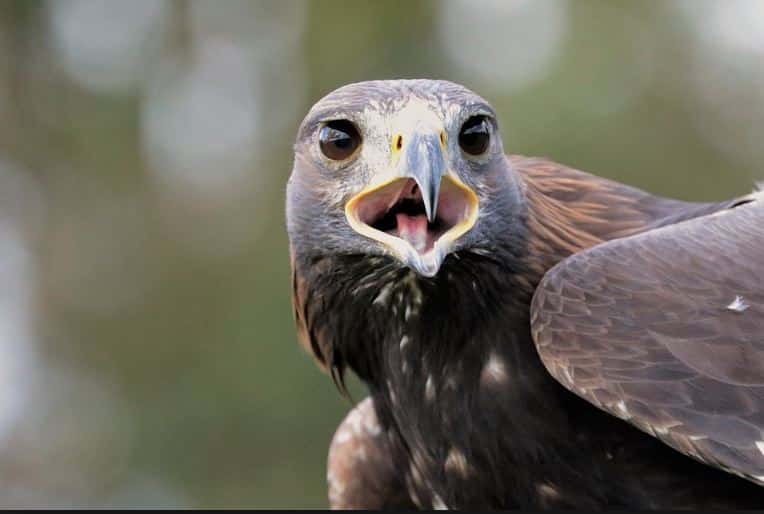

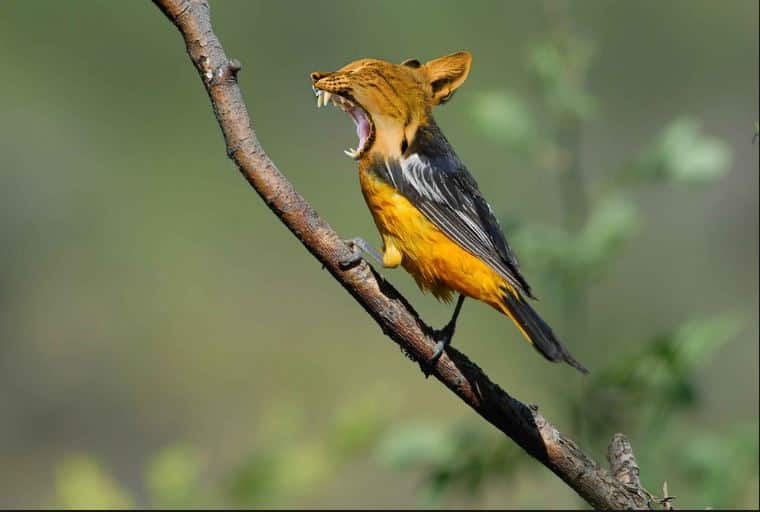
11. Redwood National and State Parks
Comprising Redwood National Park, Prairie Creek Redwoods State Park, Jedediah Smith Redwoods State Park,
a total of 139,000 acres of old growth redwoods, beaches, coastal marshes and wetlands are protected within these boundaries.

This fifty miles of land extends northward to Jedediah Smith Redwoods State Park and the magnificent Smith River near the Oregon Border.
The southern boundary of RNP begins at the Redwood
Creek estuary in the small town of Orick.
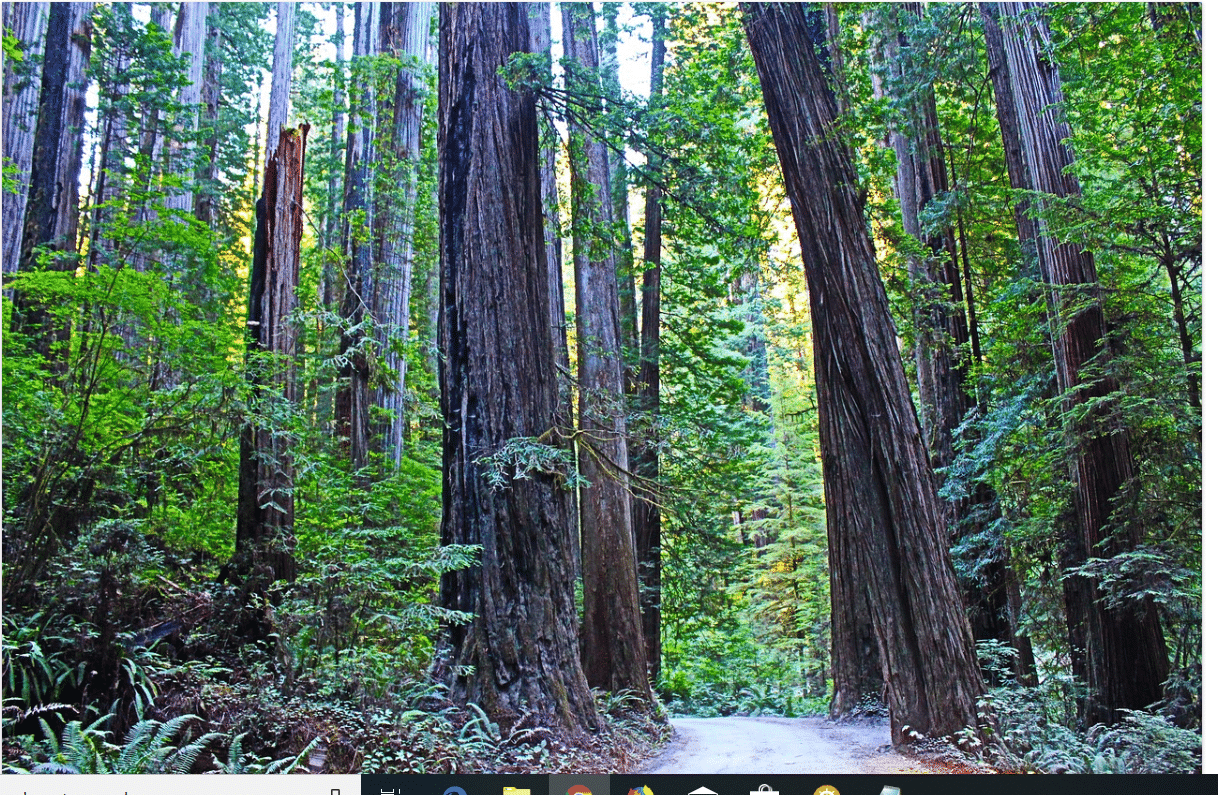
Hike the James Irvine Trail to Fern Canyon and marvel at vertical walls covered with it’s uniquely floral elegance.
Near the town of Klamath is of Mystery, a tourist attraction that features a Sky Trail Gondola.

The eight gondola cars travel a third of a mile up the mountain daily, providing riders a downward perspective on redwood tress that are hundreds of feet tall
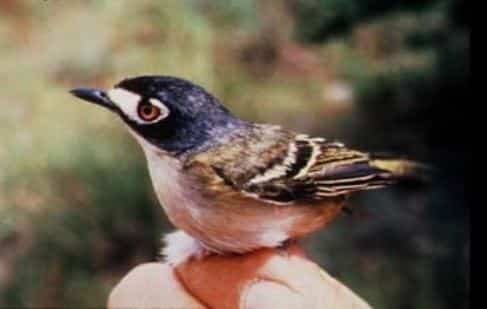
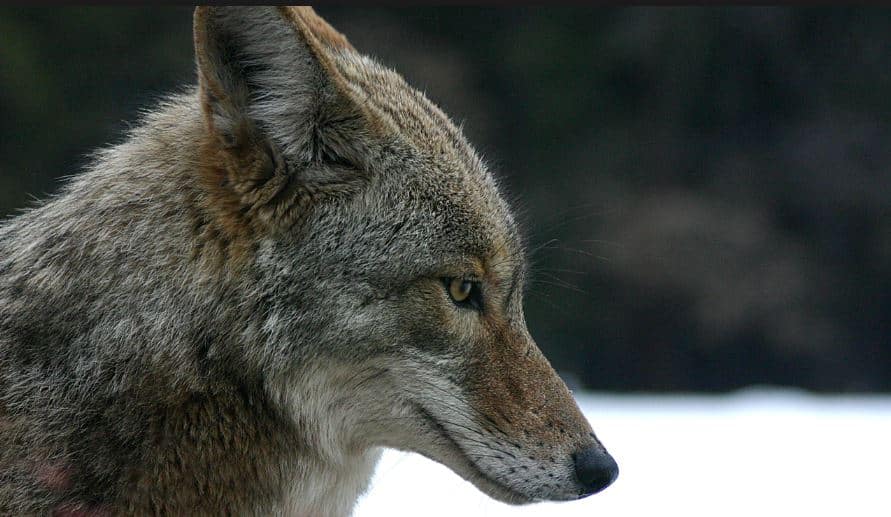
A vista of the ocean is observed from the mountaintop summit and platforms.
Take a cruise up the Newton B. Drury Scenic Parkway to access some of the the tallest trees in the world!
10. Prairie Creek Redwoods State Park
After passing the Redwood Creek estuary near Orick, Prairie Creek Redwoods State Park, the second largest sanctuary for coastal old growth redwoods, 14,000 acres, begins at Lady Bird Johnson Grove.
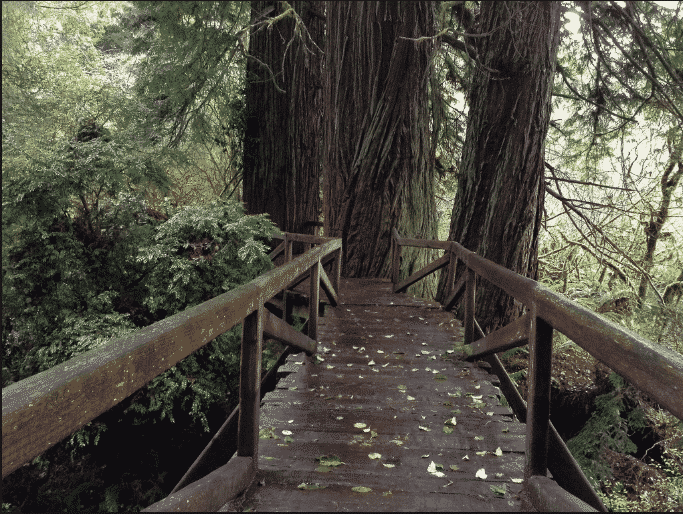
Here, the worlds most extensive complex of hiking trails through old growth redwoods extends to the Klamath River. Elk Prairie, located on the southern end, is a grassy meadow surrounded by redwoods. Roosevelt,
Elk are commonly seen here!
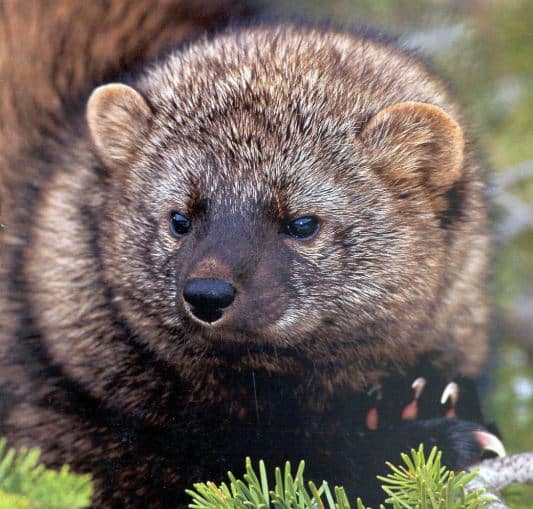
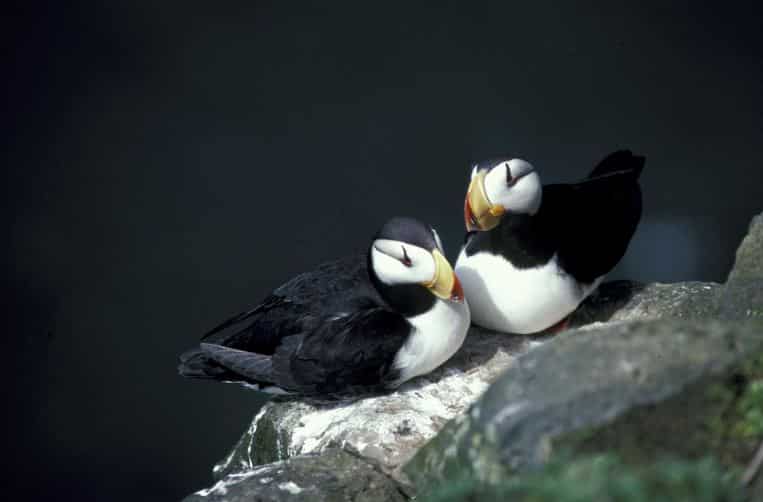
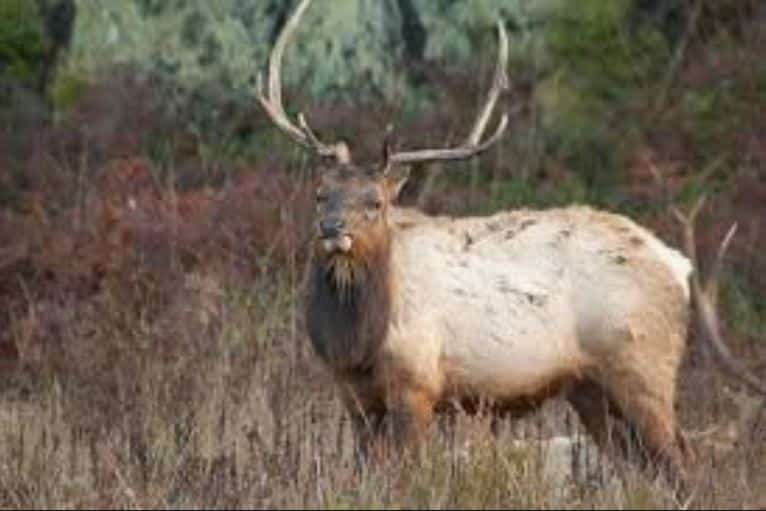
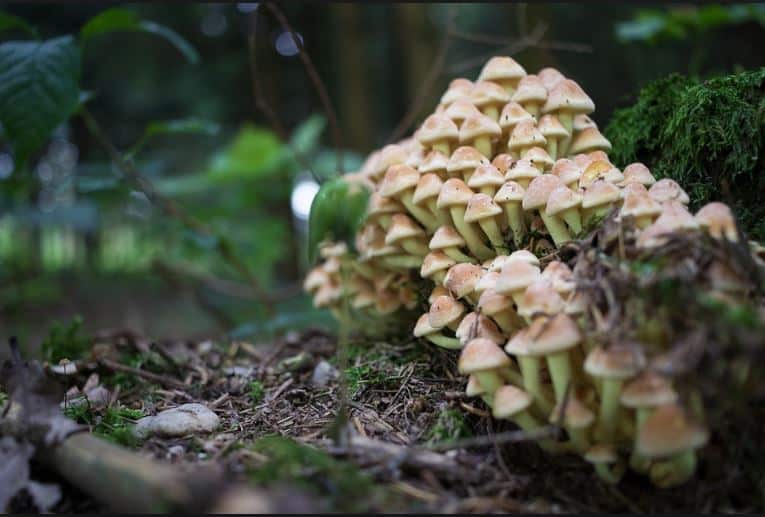
12. The Klamath River
The Klamath River is the largest of the Northcoast Rivers, winding it’s way over 250 miles from the headwaters in Oregon to the estuary near the town of Klamath. It is rated second in the state of California, discharging less water than only the Sacramento River.
The warm water/weather boating season is long.
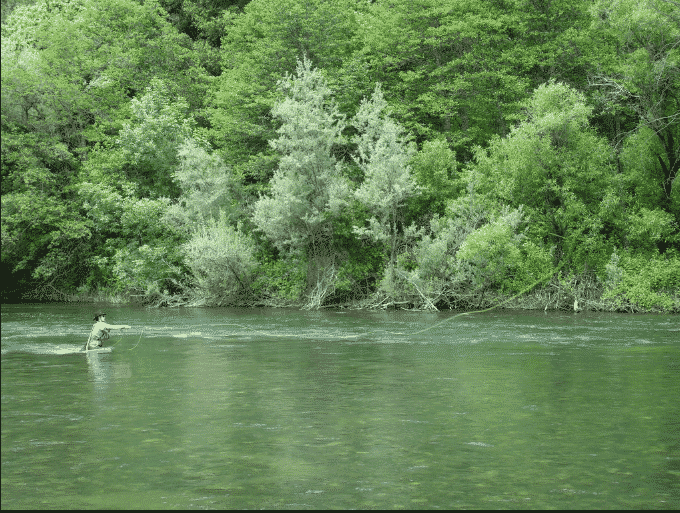
From the headwaters in the high desert of Oregon, the Klamath River bisects the Cascade Mountain Range, cuts through the Klamath Mountain Range before discharging into the Pacific Ocean.
King salmon, silver salmon, steel head and resident trout comprise the fishery of the Klamath River.
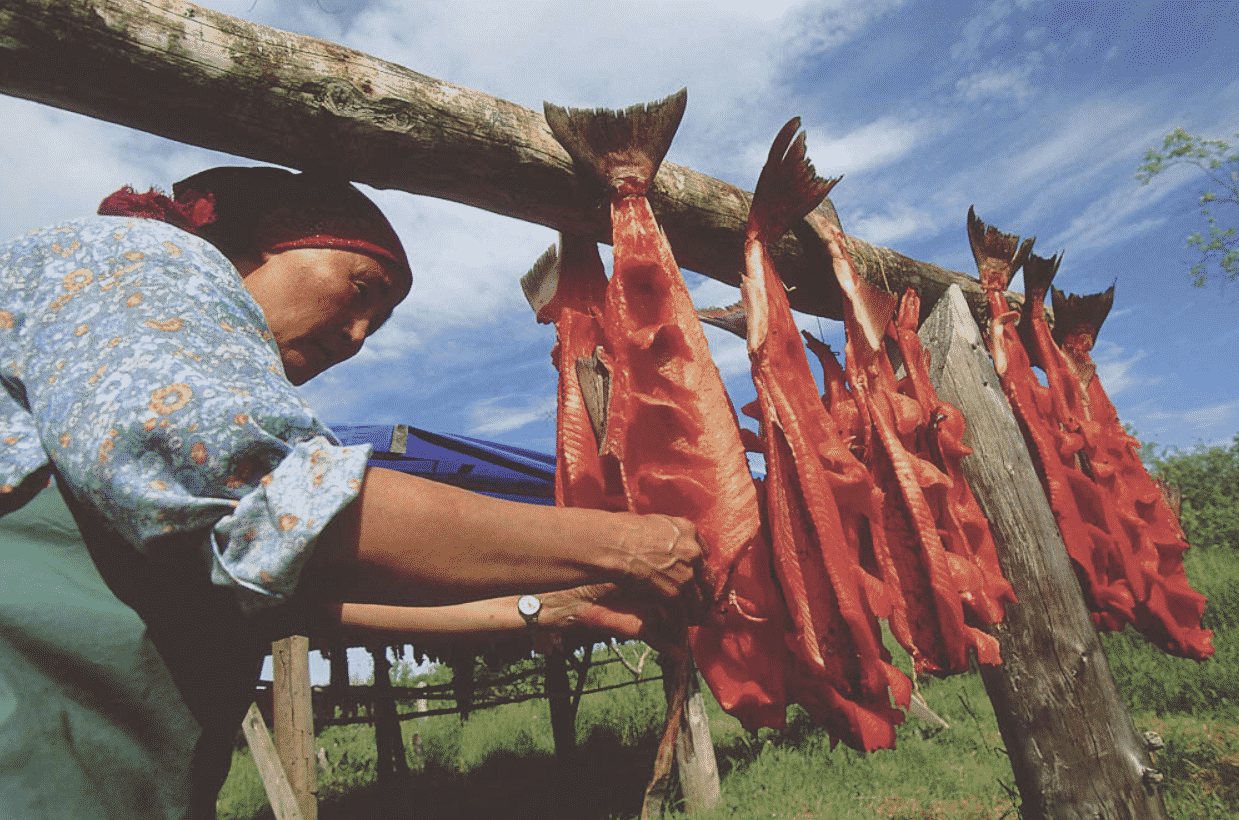
There are five Native American tribes with ancestral ties to the Klamath River dating back 7000 years.
The Yurok, Karuk, Hoopa, Shasta and Klamath recognize the spiritual significance of the Klamath River region.
It is immeasurable to the surviving Native Americans tribes.
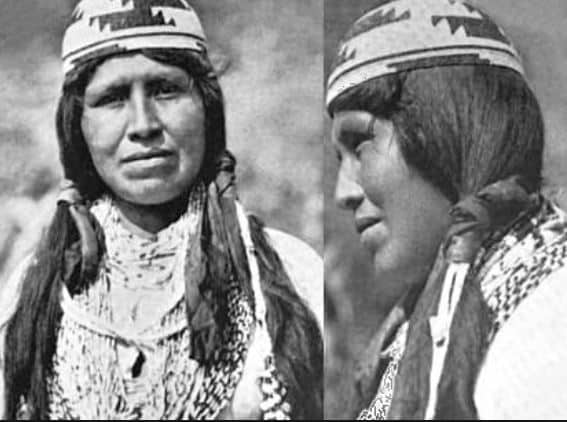
The sacred significance of protected sacred burial grounds, religious and medicinal curing ceremonies, vision quests and spiritual preparation are still modern day practices of the tribes.
King salmon begin running in late July with the best angling action located near the mouth of the river during August through September.
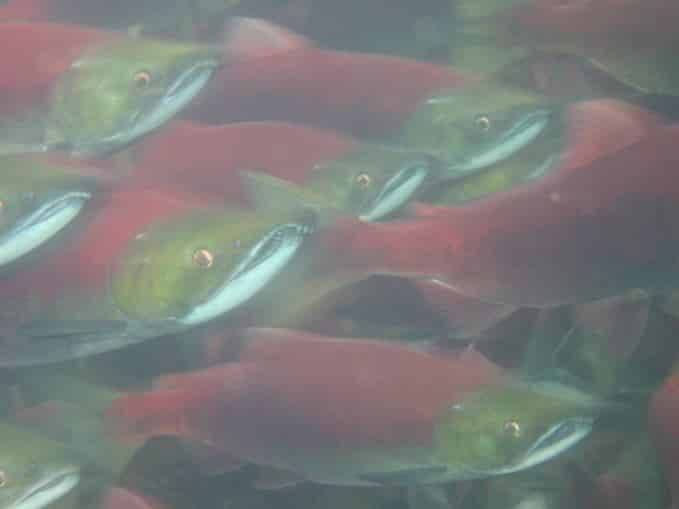
The Summer/Fall Steel head runs begin in late summer and extends through October.
The winter run commences in November and lasts until February.

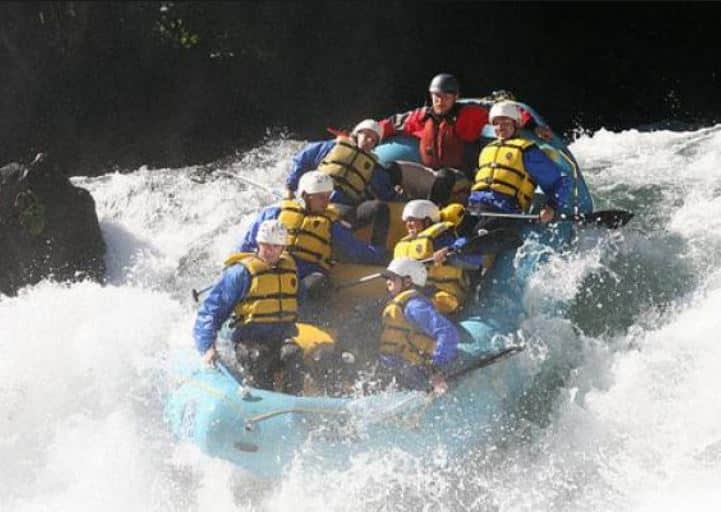
The Klamath River is recognized as a whitewater boating river with many class III- IV+ rapids.
Abundant wildlife and a diversity of species is supported in the Klamath River Basin.
The riverine habitat is especially important to mammals, birds and a variety of raptors that use the habitat as a natural migratory corridor.
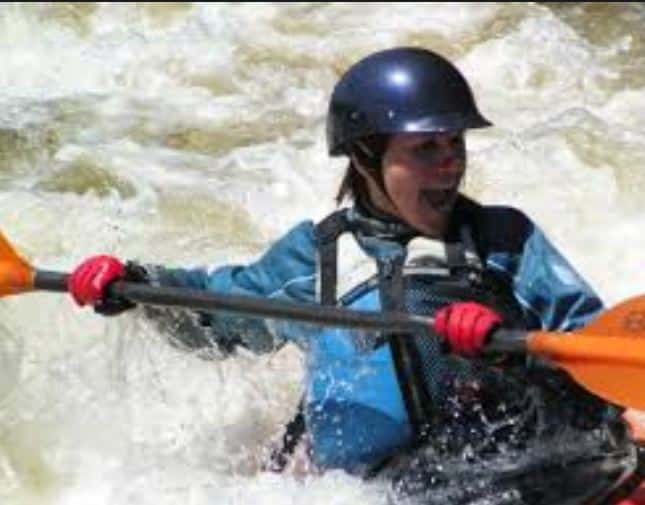
The conifers are roosting and nesting habitat for bald eagles and osprey.
The caves are habitat for several species of bats.

The oak forests, meadows and prairies are habitat for wintering non game birds.

13. Crescent City Beach and Boat Basin
In 1964, a massive tsunami, generated by an earthquake in the South Pacific, destroyed much of Crescent City.
In 2011, the Crescent City marina and boat basin was destroyed by a tsunami generated from an earthquake in Japan.
Since it’s restoration, a commercial and sport fishing fleet anchor in the dredged harbor, protected by the rock
jetties.
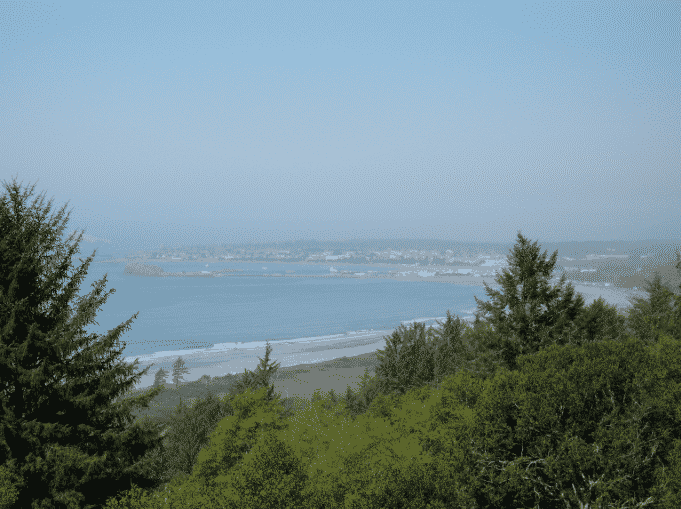
Today, the Harbor District is a great place to unwind, relax and enjoy one the of several local restaurants. Free parking and easy access to the beaches and marina makes for a stress free experience

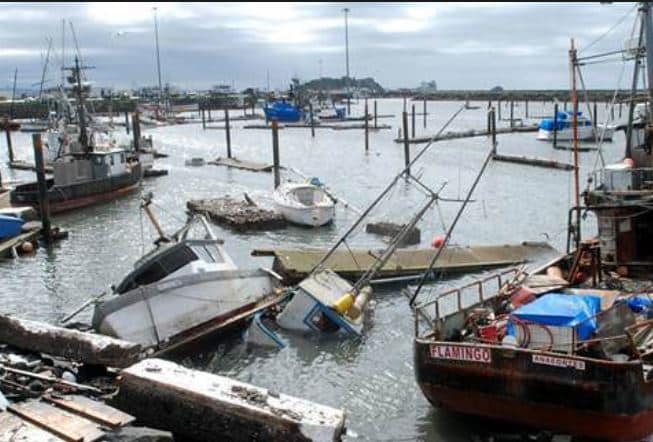
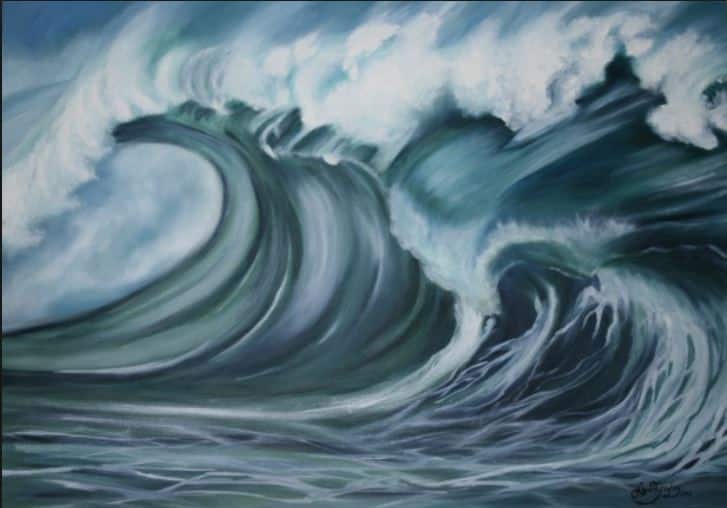


Besides the seals and sea lions showboating for tourists on the harbor jetties, the diverse habitat in Del Norte County of rivers, beaches, sand dunes, lagoons, marshes, wetlands and redwood forests supports more than 420 species of birds.

14. Jedediah Smith Redwoods State Park
Jedediah Smith Redwoods State Park is a gemstone, a national treasure for the public to admire.
Established in 1929
by the first non native to explore this region, Jedediah Smith, this is the last of several California State Parks
protecting old growth redwood trees.
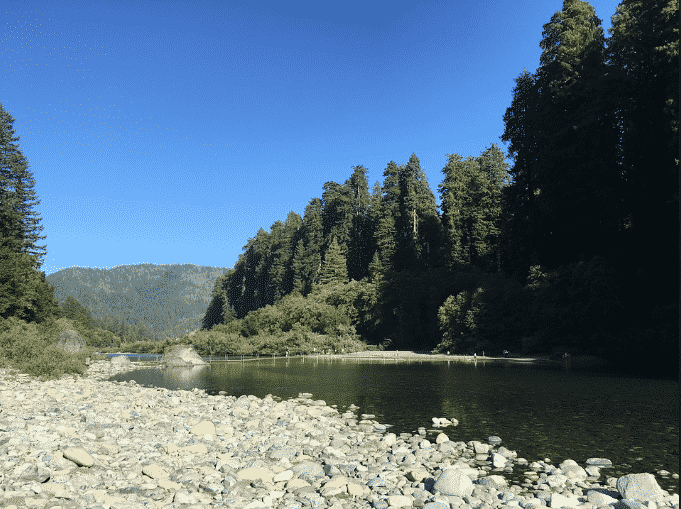
Located on the Smith River, seven miles east of Crescent City on US HWY 199,
Jedediah Smith Redwoods State Park is the least developed of the California State Parks.
Protecting 10,000 acres of old growth redwood groves, more than 20 miles of hiking trails traverse the park.
These are well established hiking
trails.
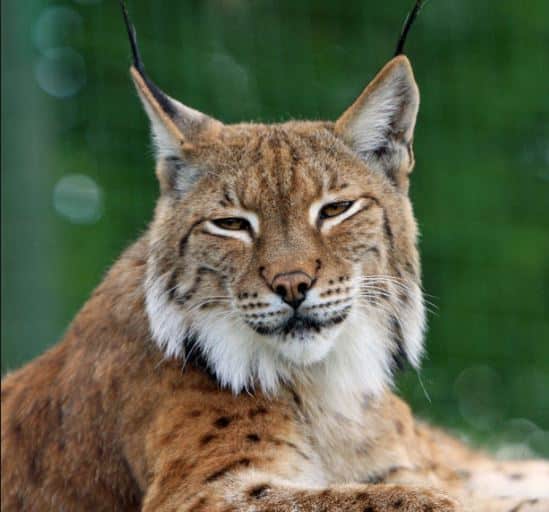
Wildlife abounds in this wild and rugged habitat.
The diverse range of mammals includes black bear, mountain
lion, bobcat, deer, coyote, fox, skunk, squirrils, chipmonks, beaver, river otter and many more.
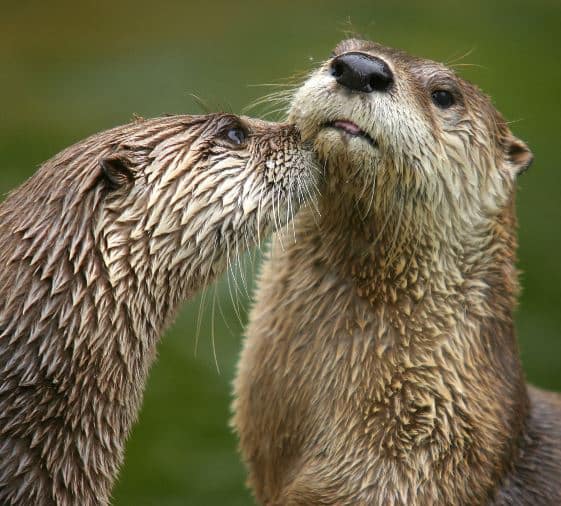
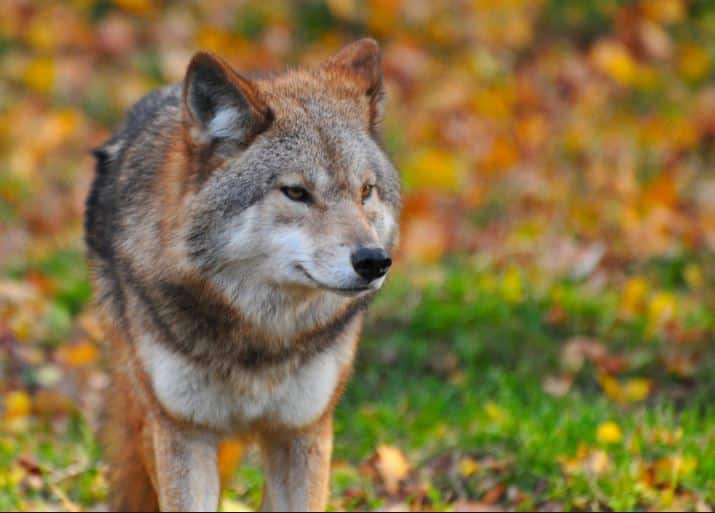

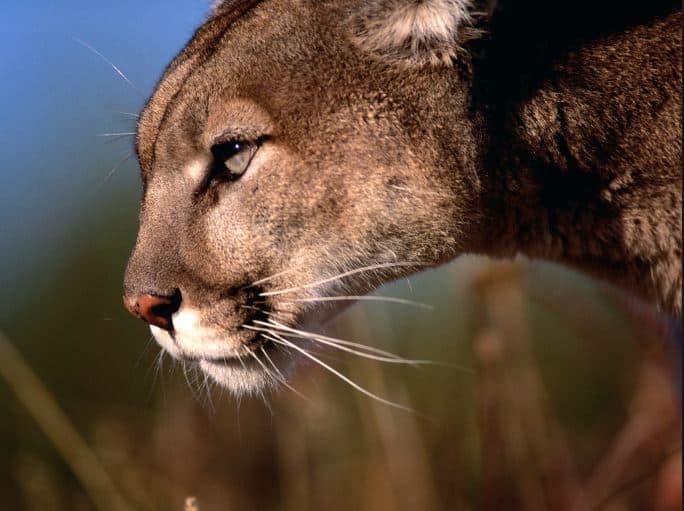
15. The Smith River
The Smith River is the only major undammed river in California.
The clarity of the water is unparalleled.
The folded and faulted, banded, metamorphic rock layers exposed in the river valley and road cuts is amazing and a must see.
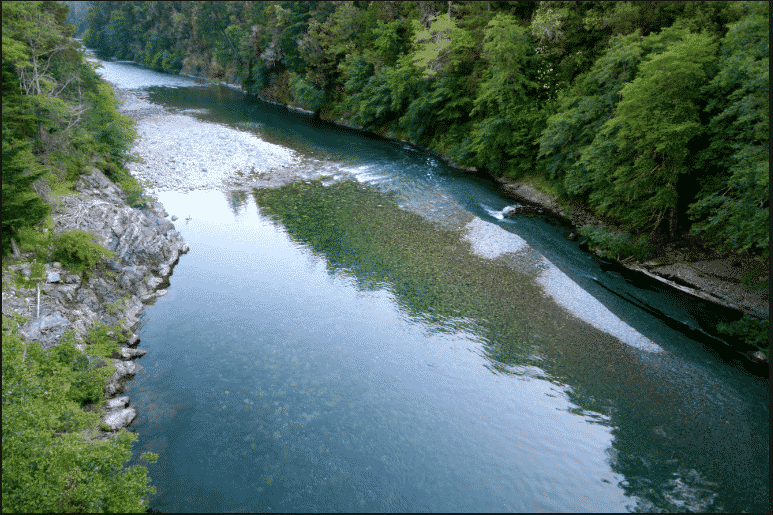
Giant King salmon begin their runs in September on the lower Smith.
Anglers fish near the mouth of the river for the giant King salmon.
By October they have advanced up the river and are stacked up waiting for the rains to come and provide them the discharge required to further advance up river to their desired spawning beds.
